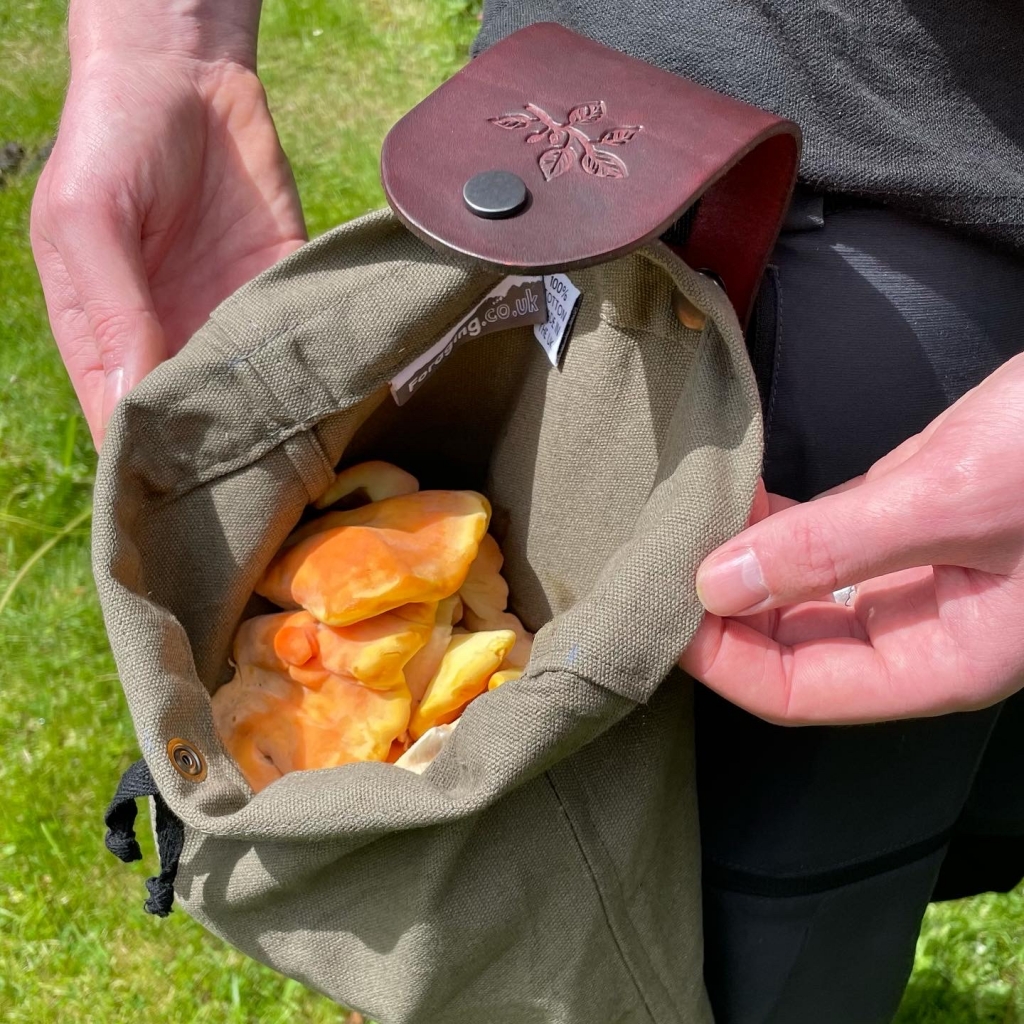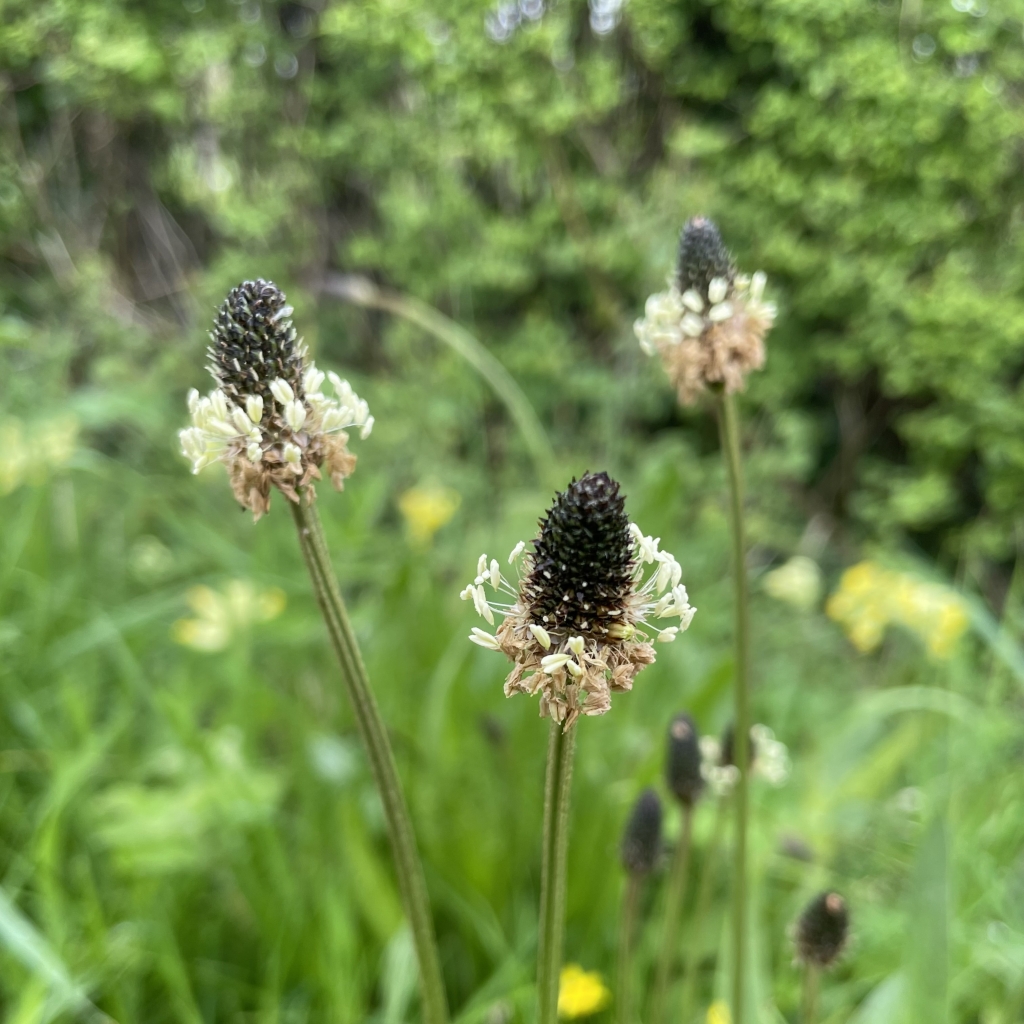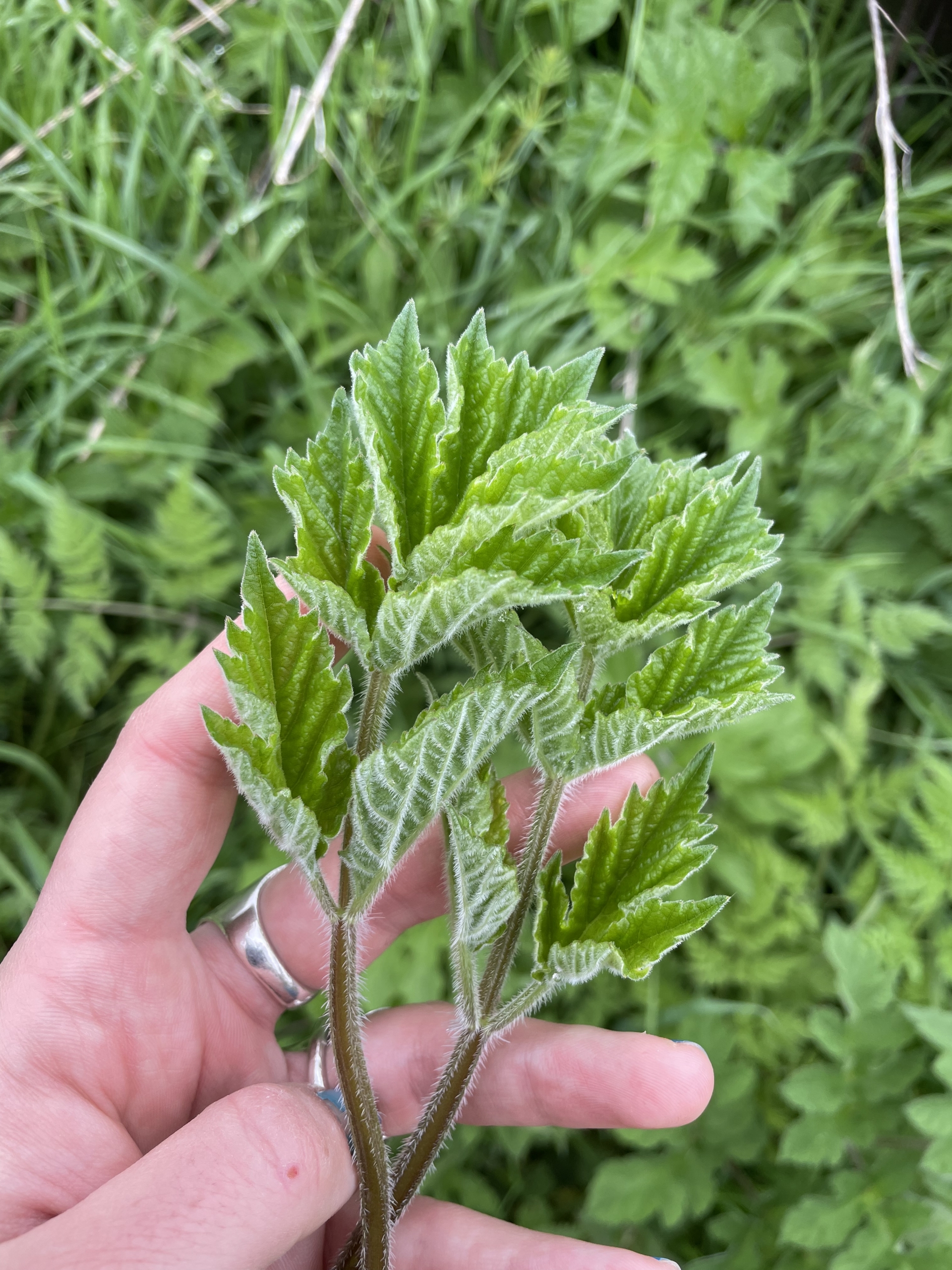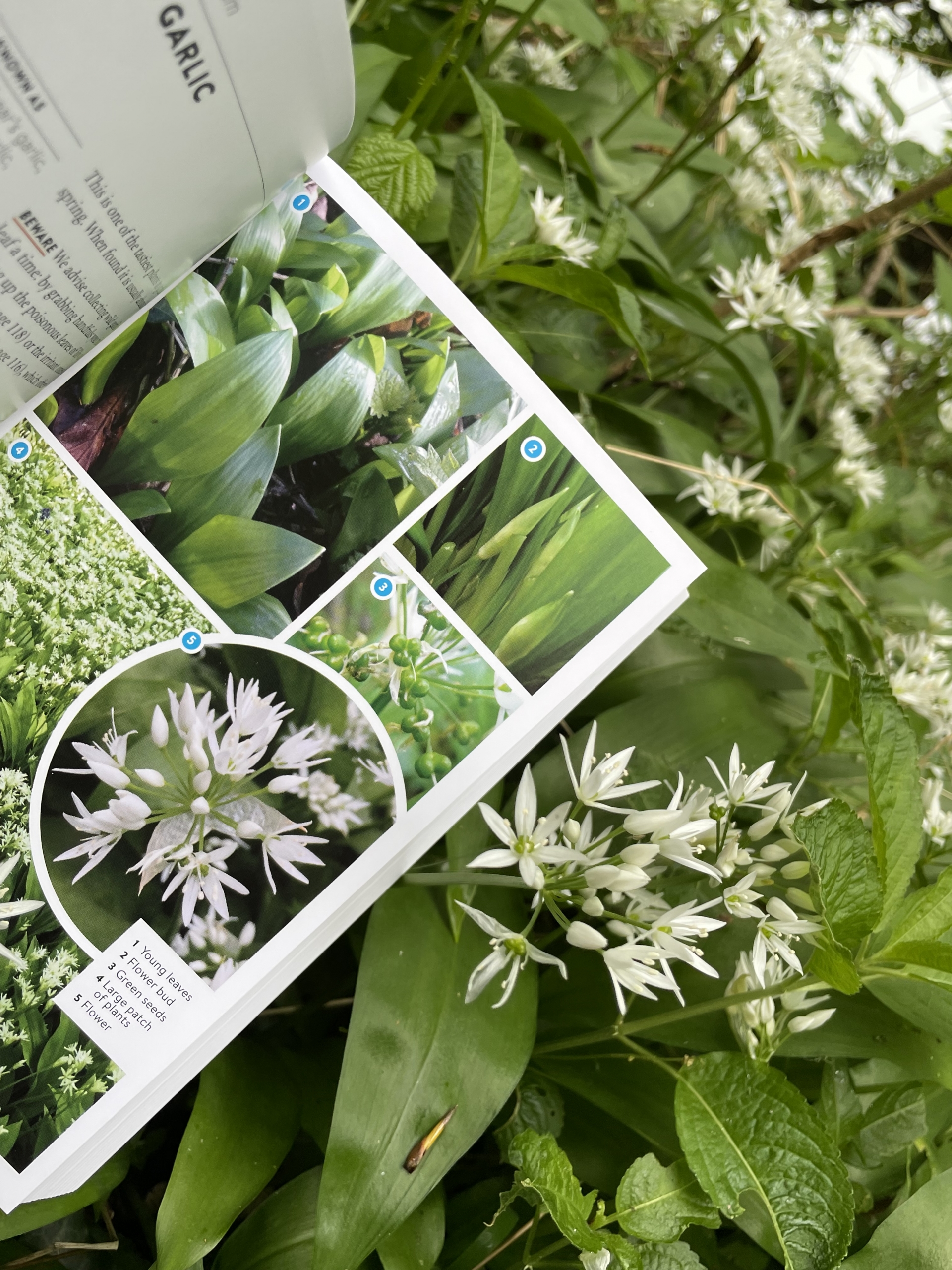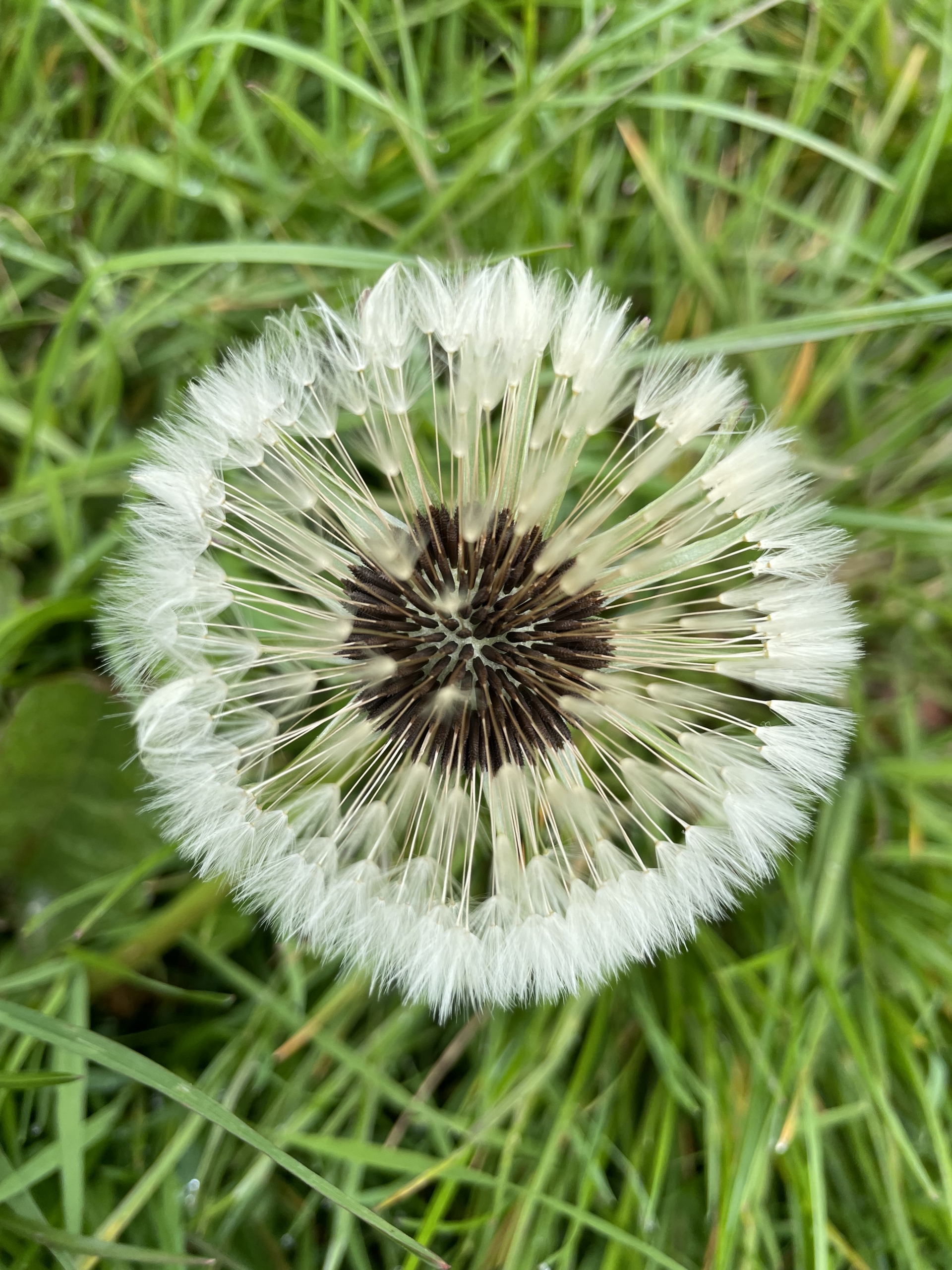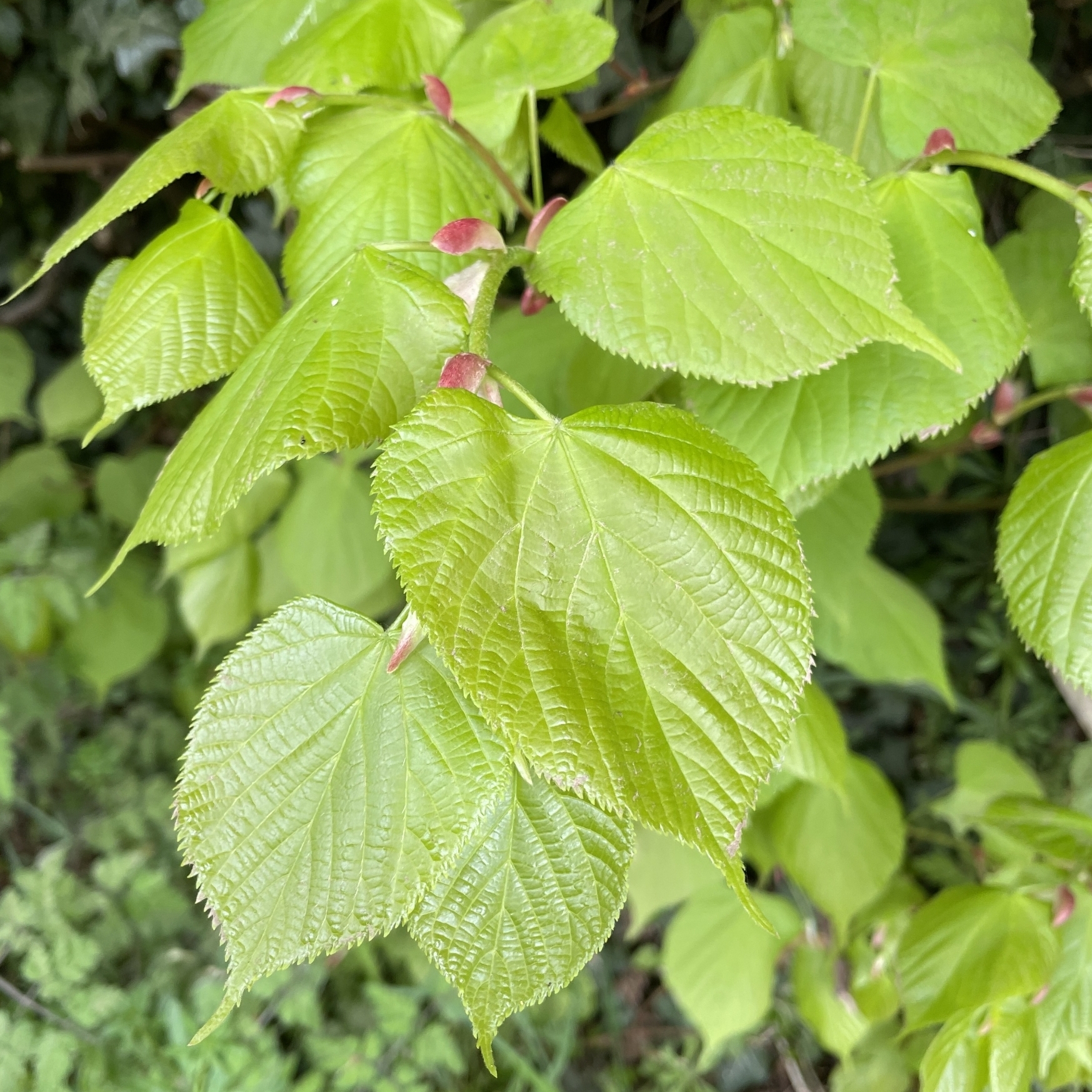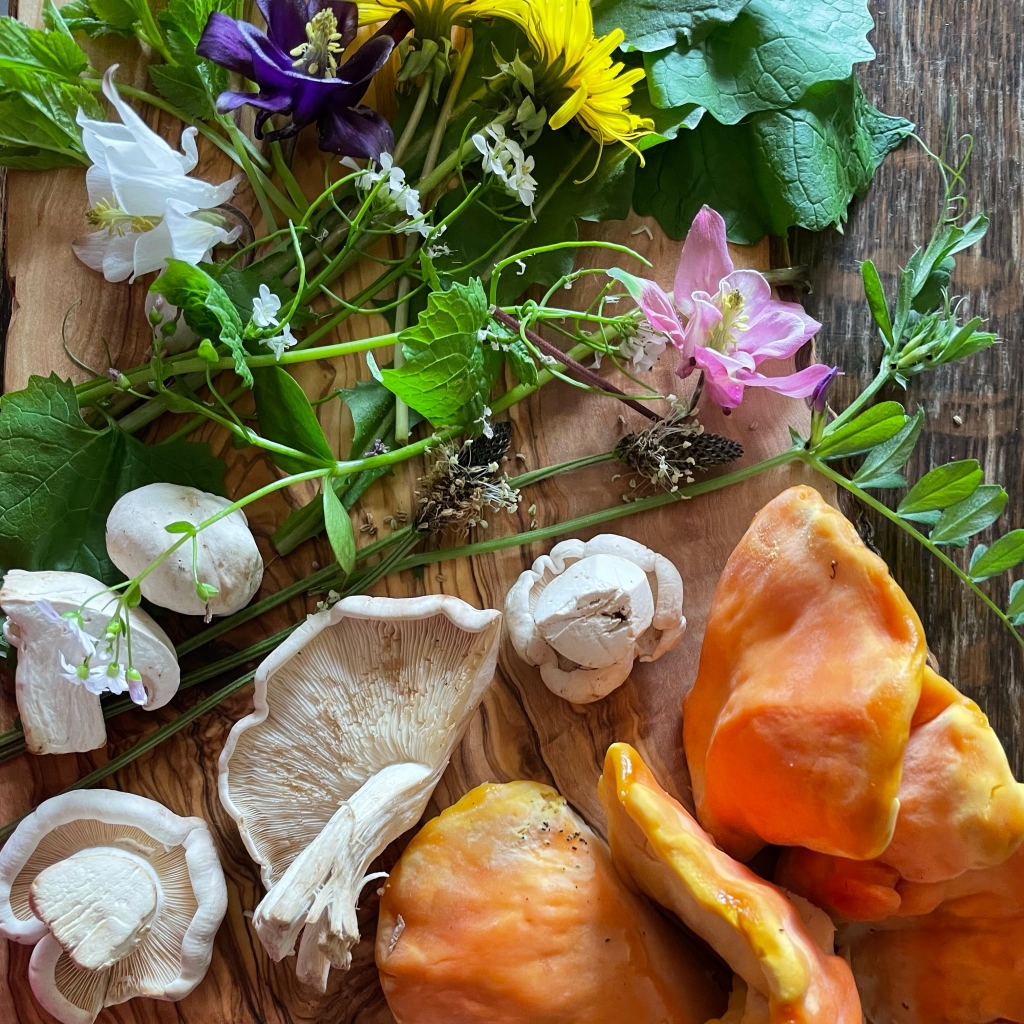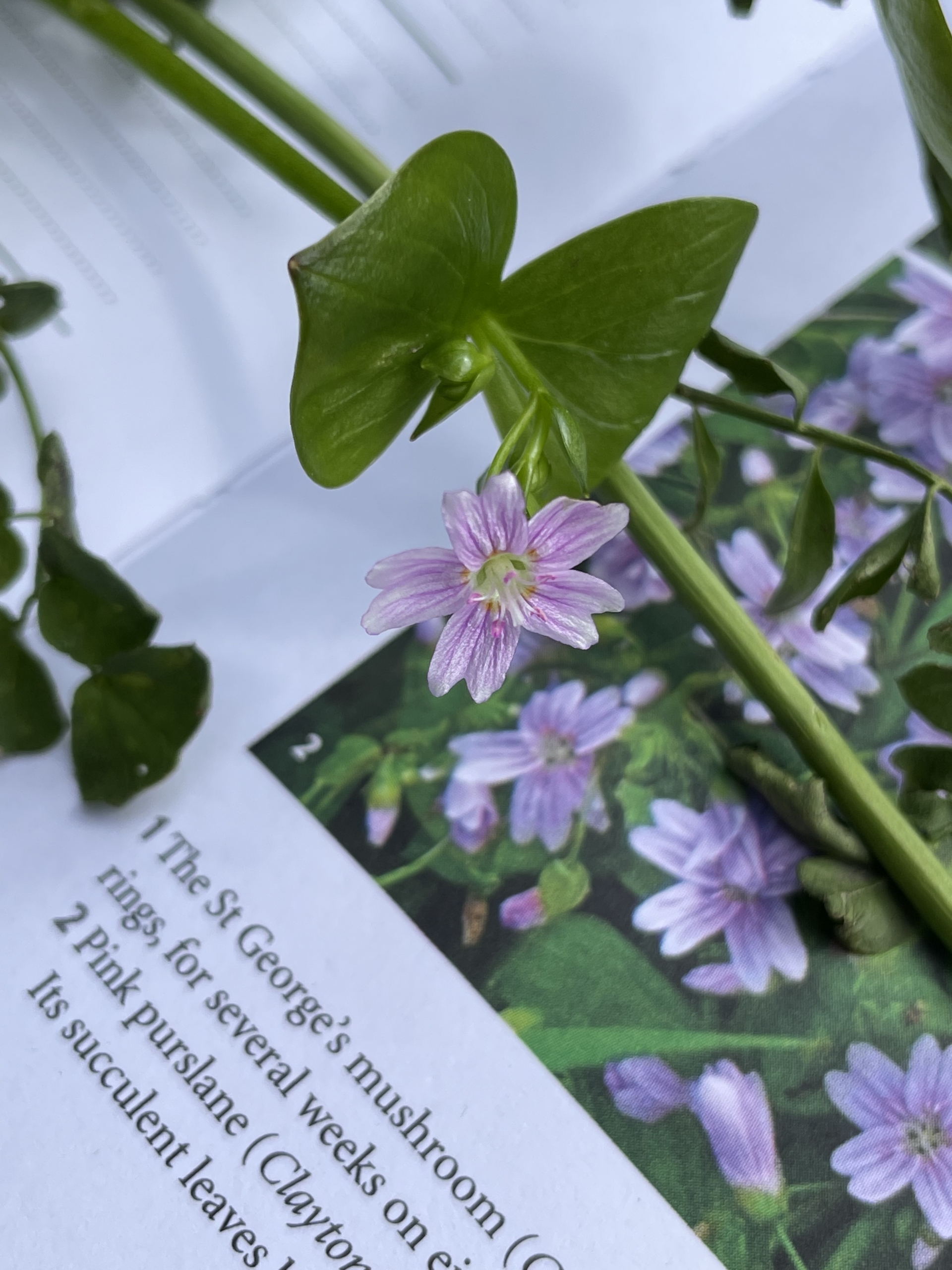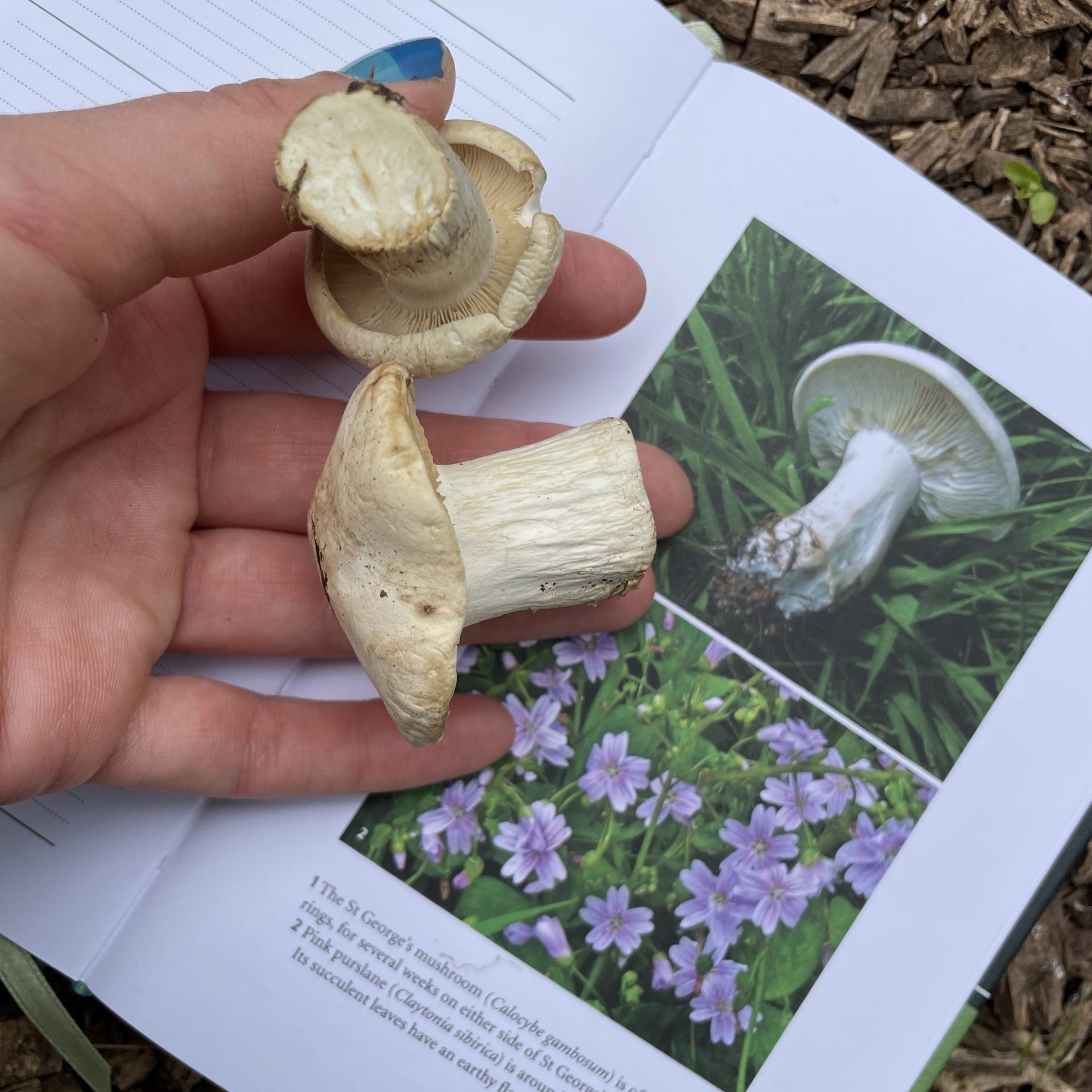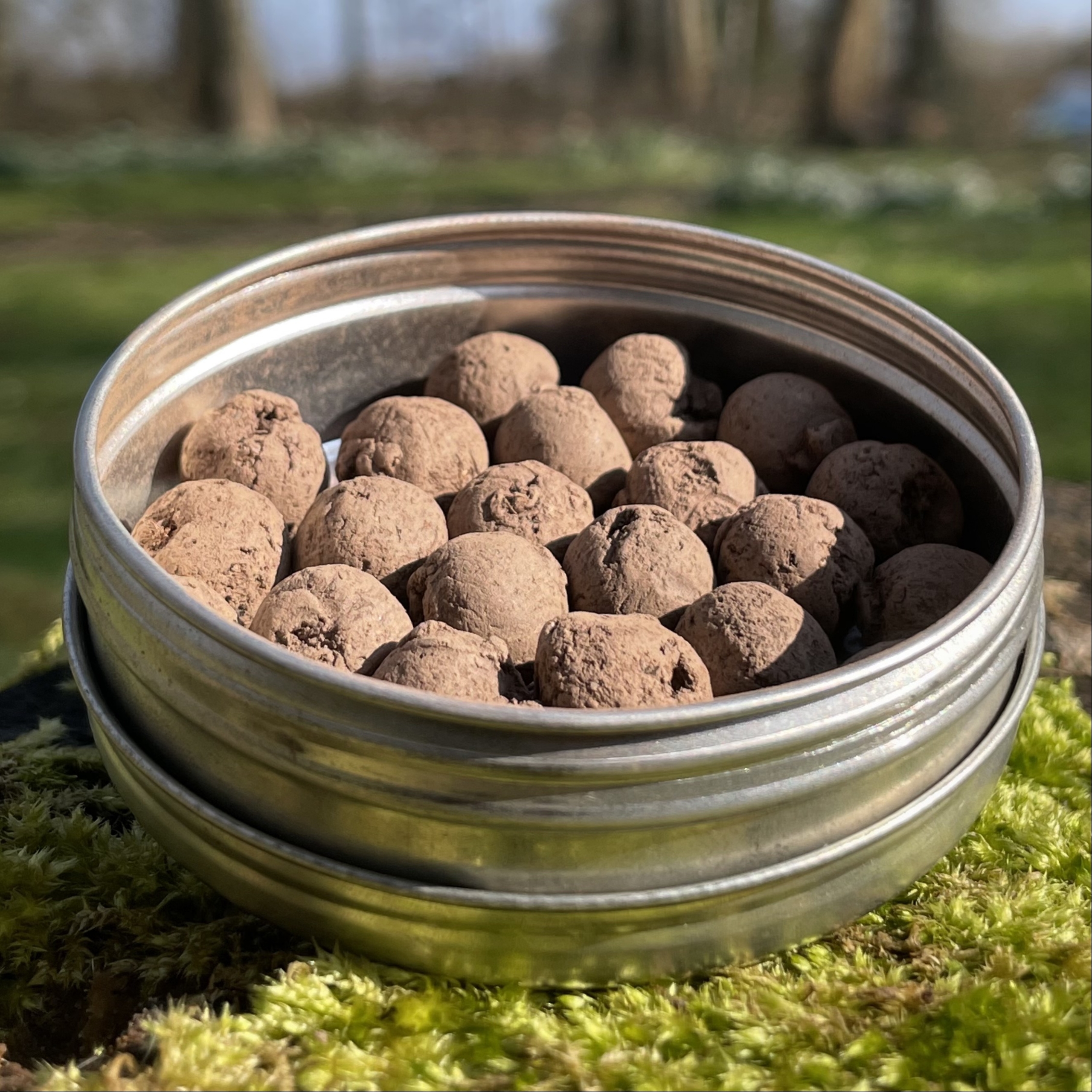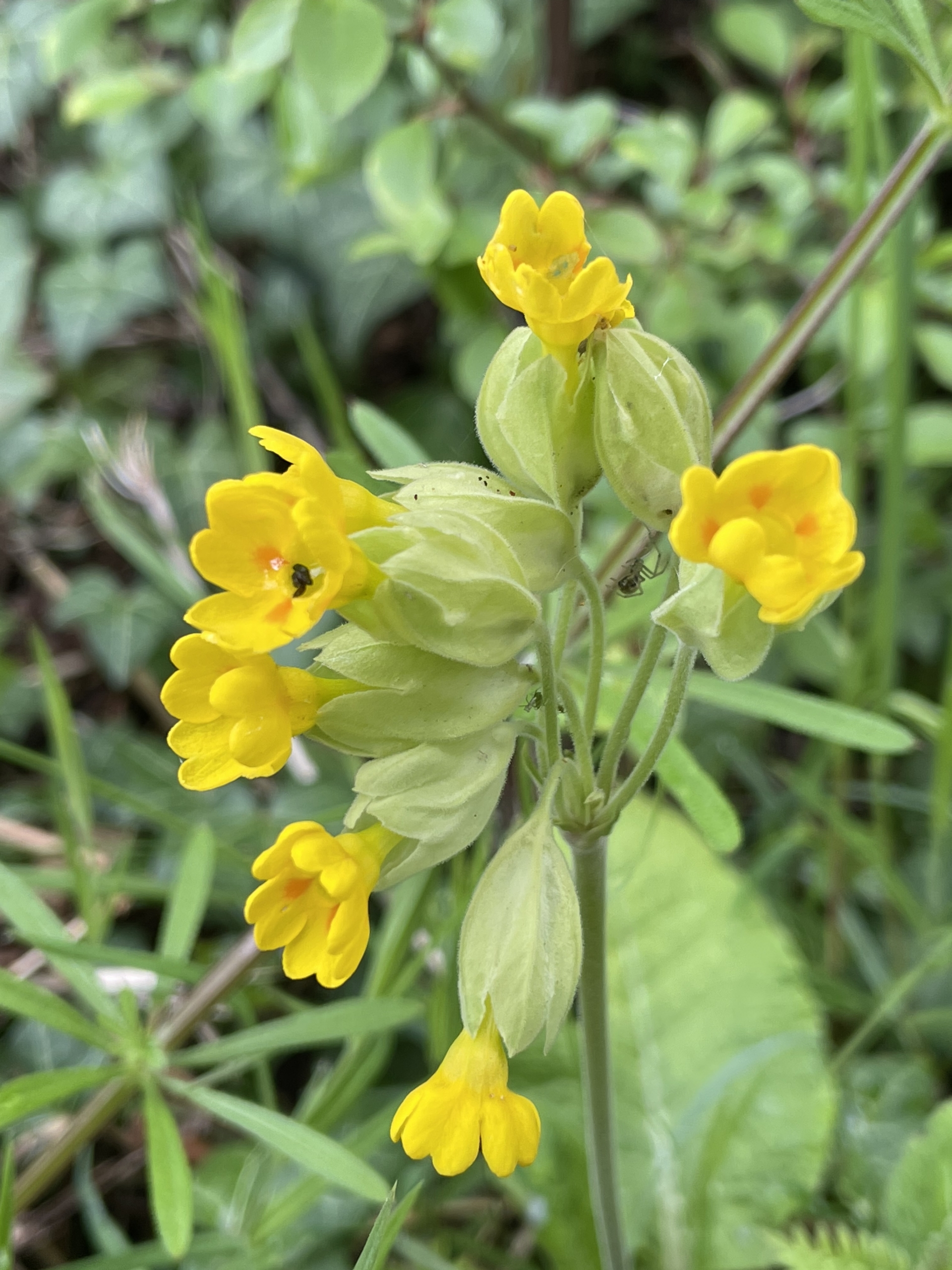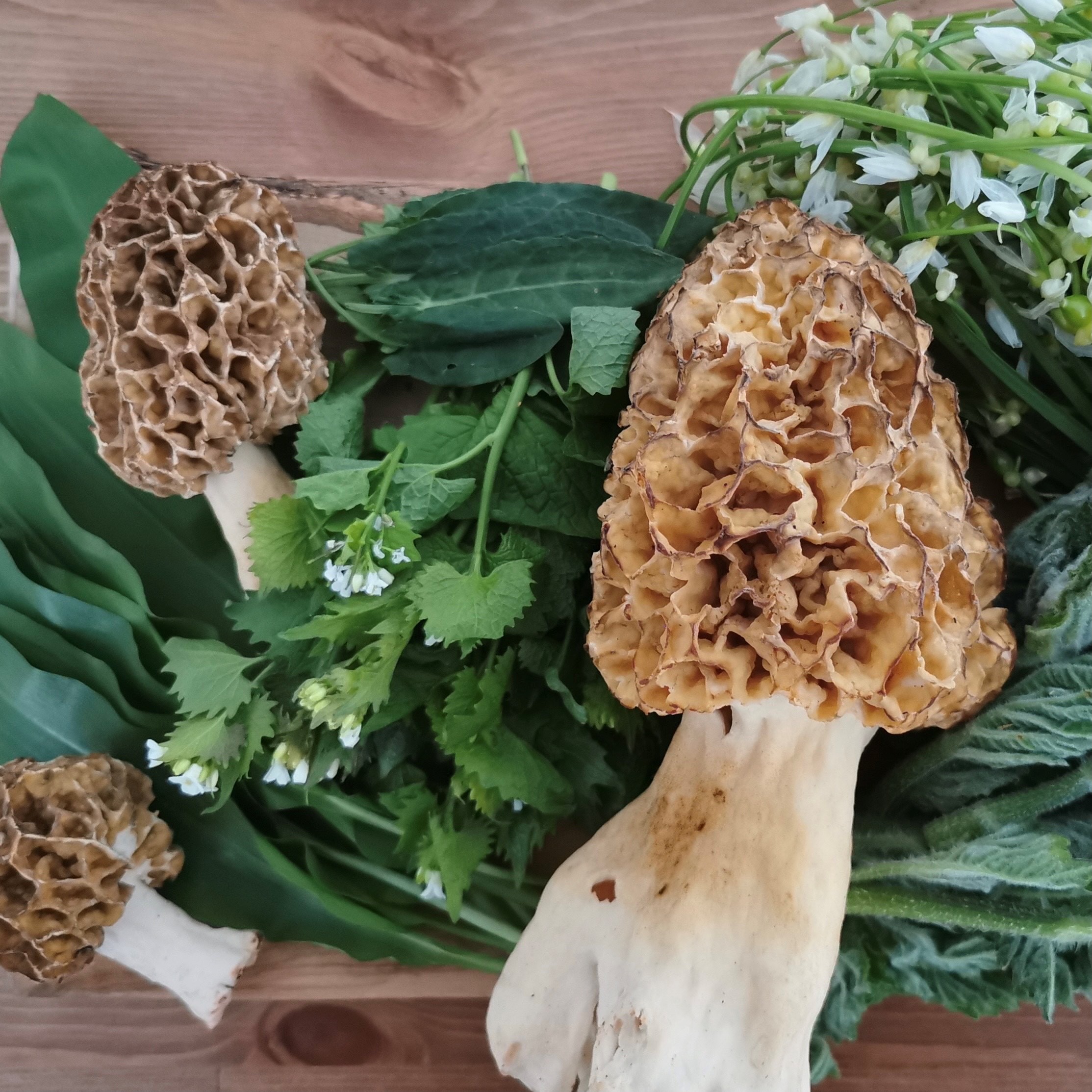Foraging in May 2022
Posted on 31st May 2022
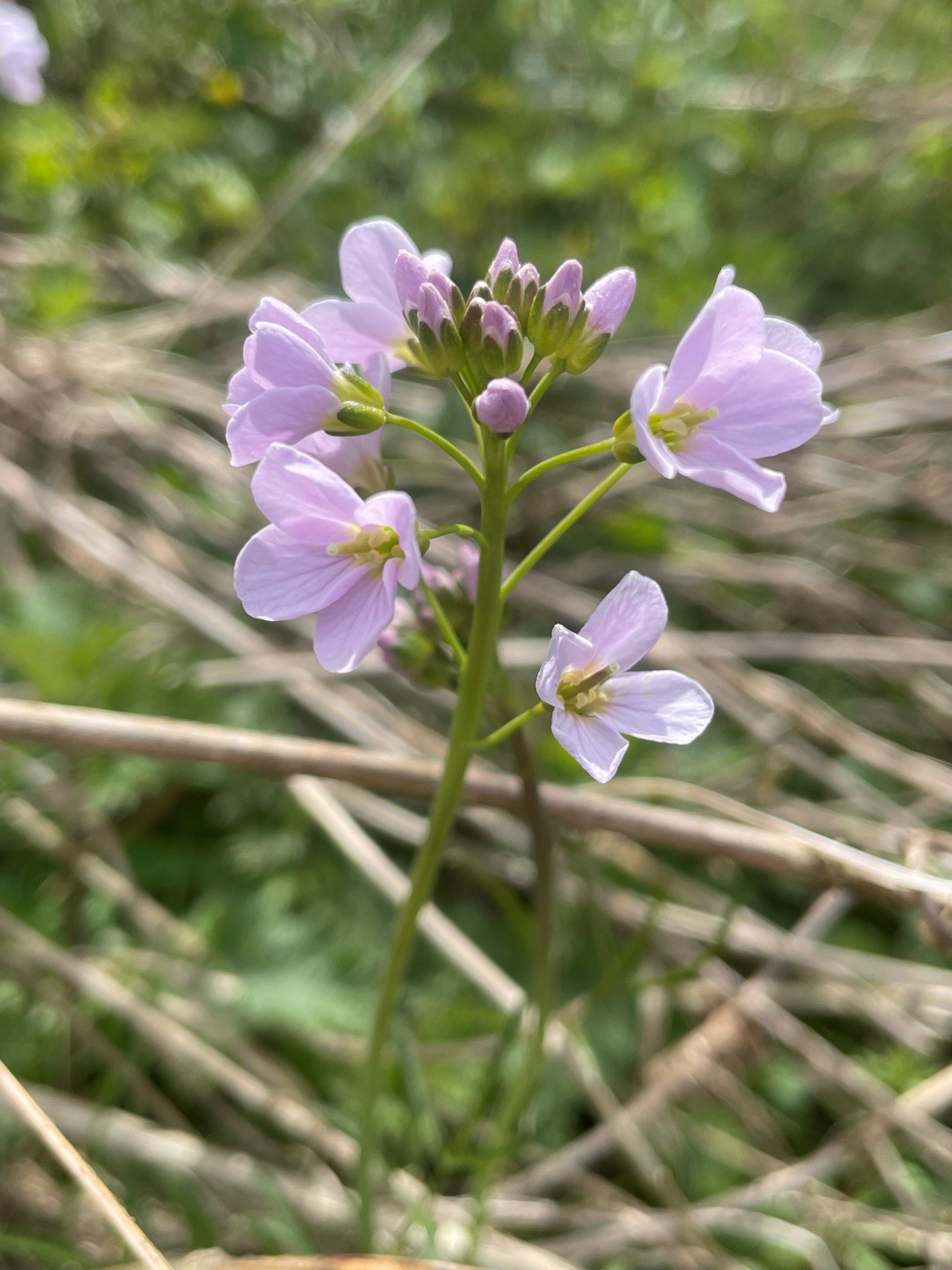
M A Y
What we’ve been finding in the month of May.
Most of the month has been spent exploring and experimenting with our finds. We’ve stumbled across many plants and a few mushrooms over the last few weeks which have added many tasty treats into our meals.
Here’s a few things that have made their way onto our plates in May, why don’t you have a go a spotting some of these yourselves.
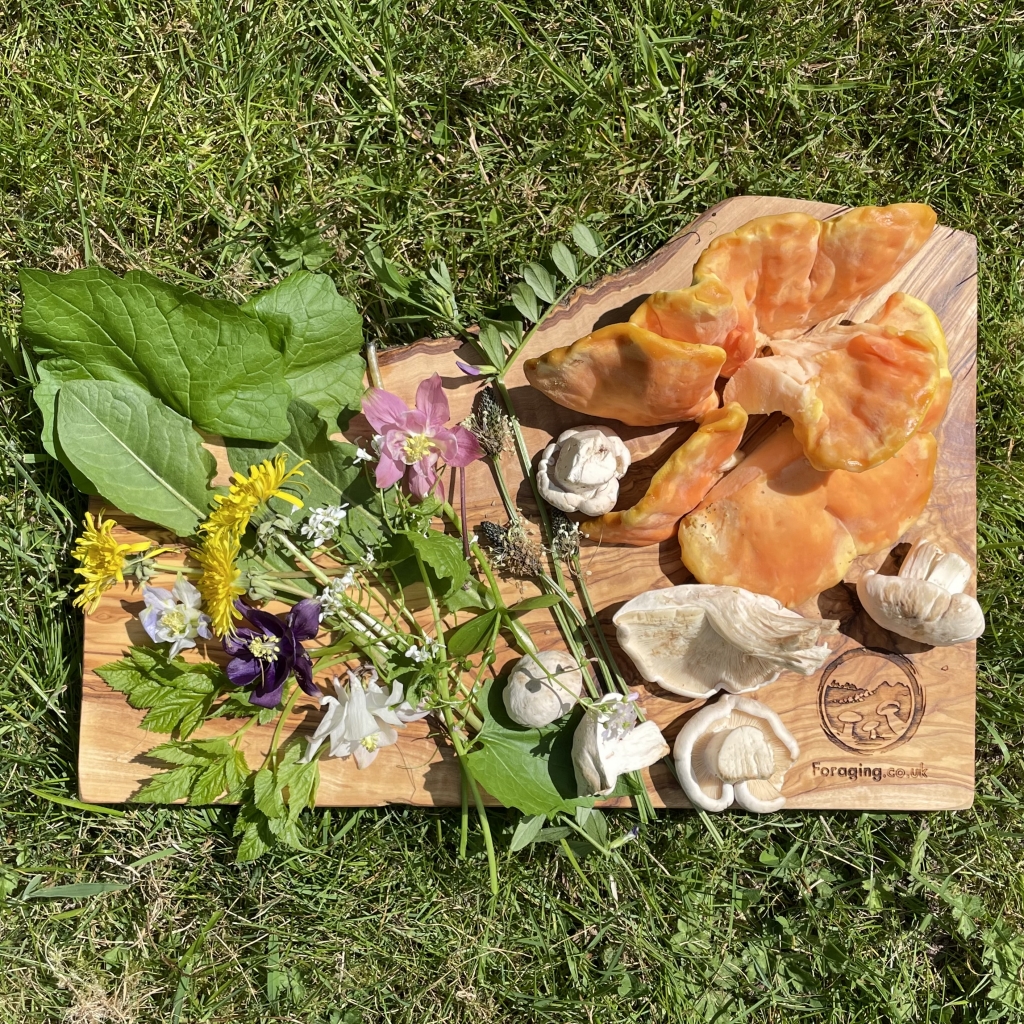
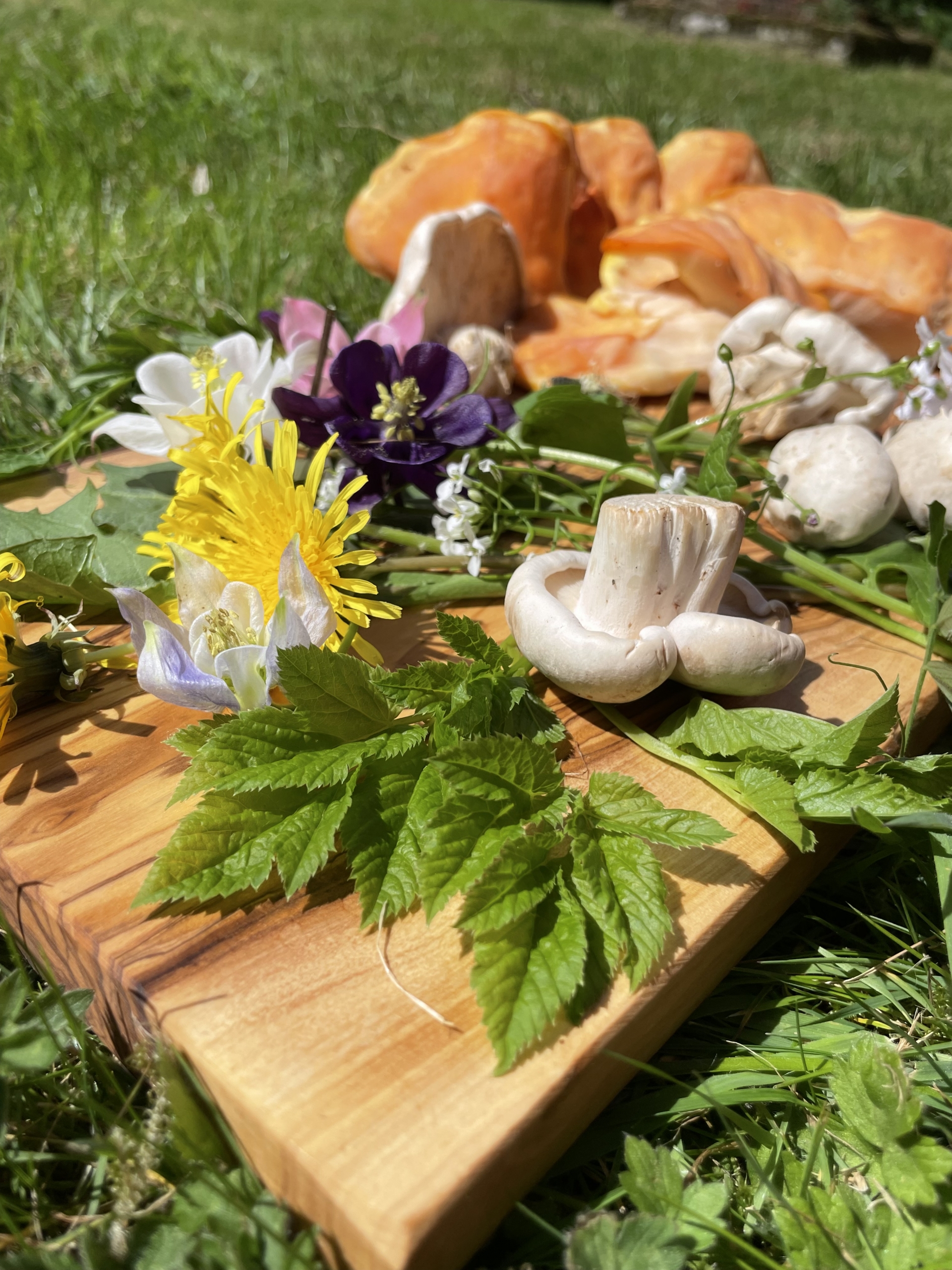
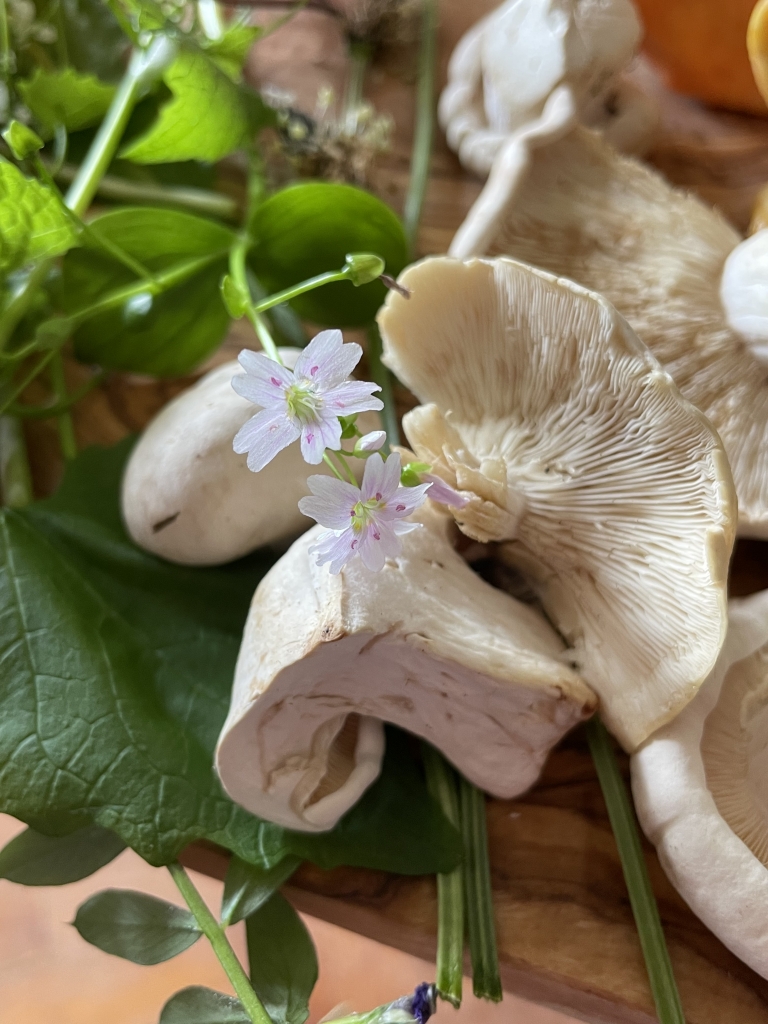
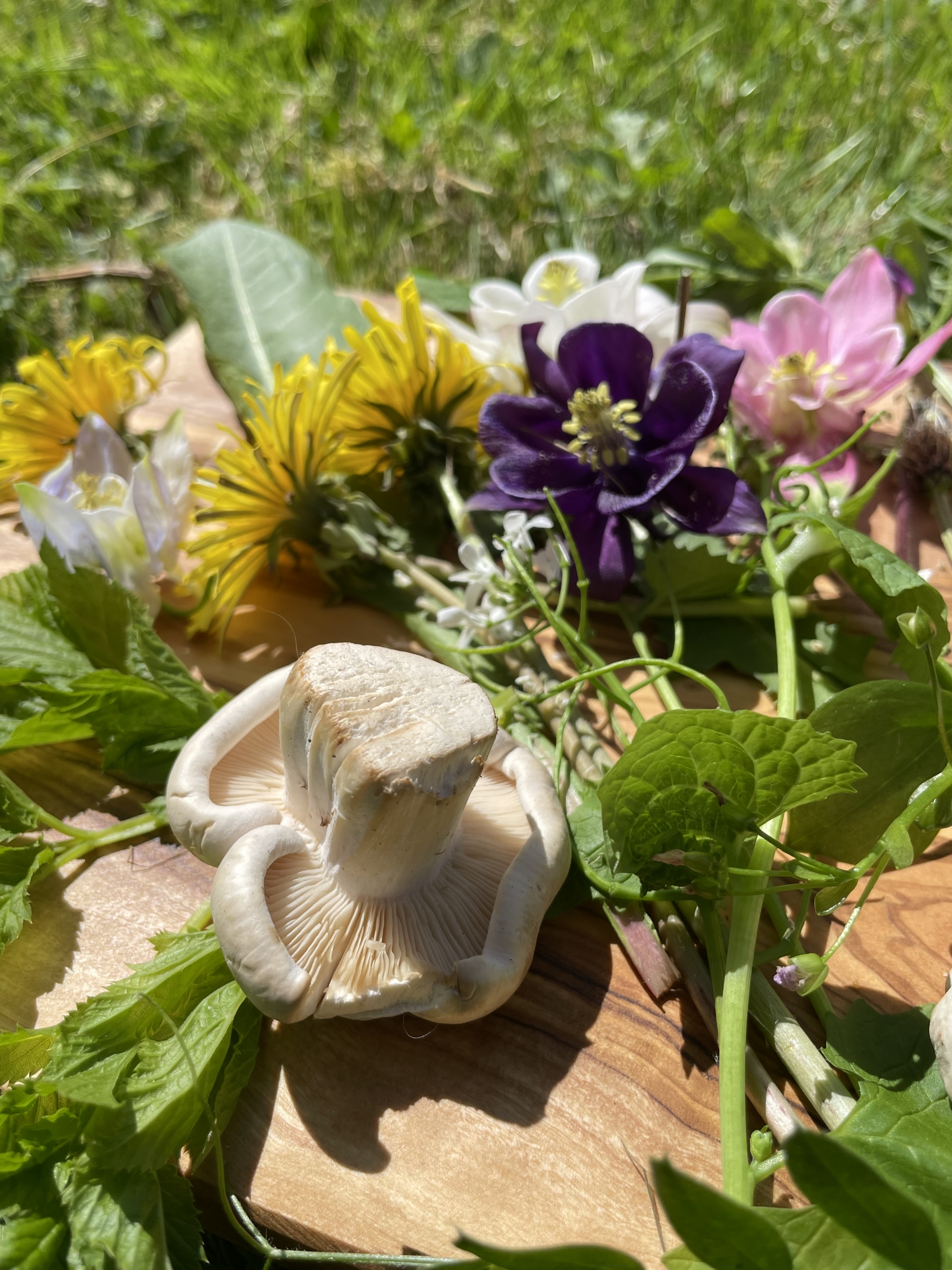
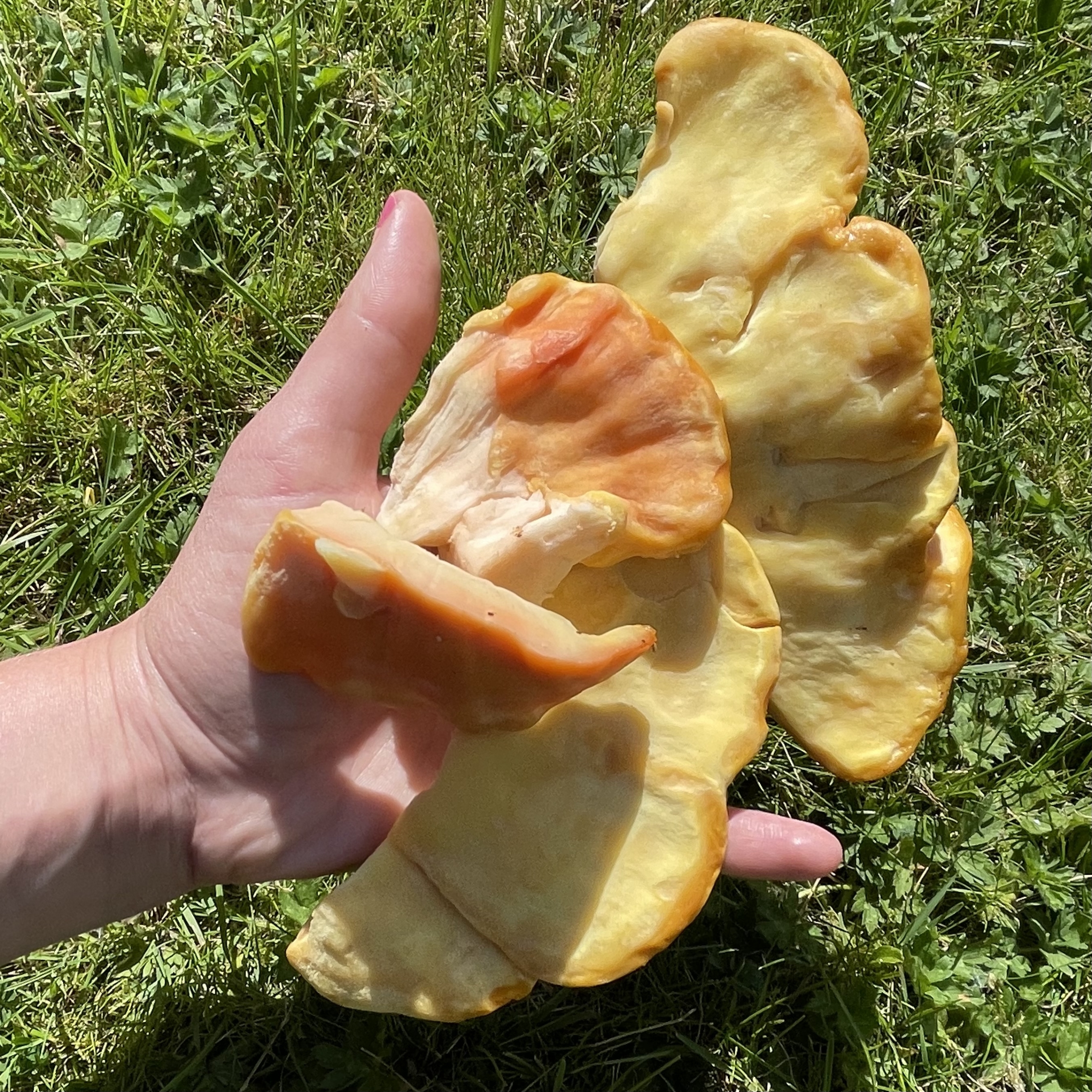
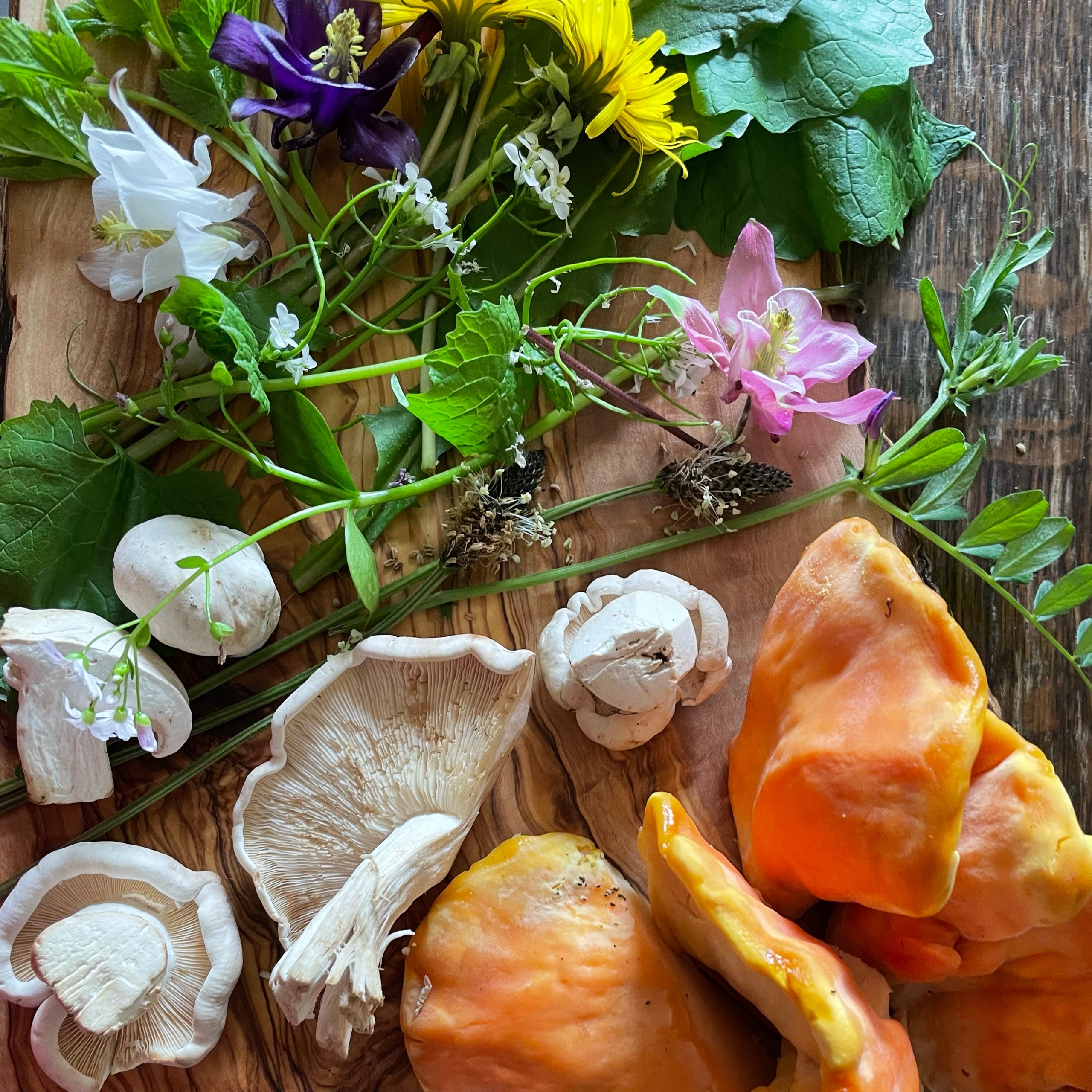
We have a selection of foraged finds from May 10th 2022. Here we can see Vetch, Columbine, St Georges Mushroom, Chicken of the woods, Pink Purslane, Ribwort Plantain, Ground Elder, Dandelion and Hedge Garlic.
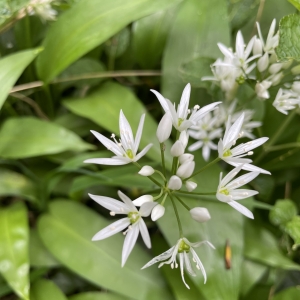
Scientific name: Allium ursinum
Likely to be foraged for through spring and summer. You may notice the shoots popping up through February and then carpeting woodland floors from March to May. The whole plant can be used in its raw state or cooked. Wild Garlic works well in a creamy garlic spaghetti sauce or pesto.
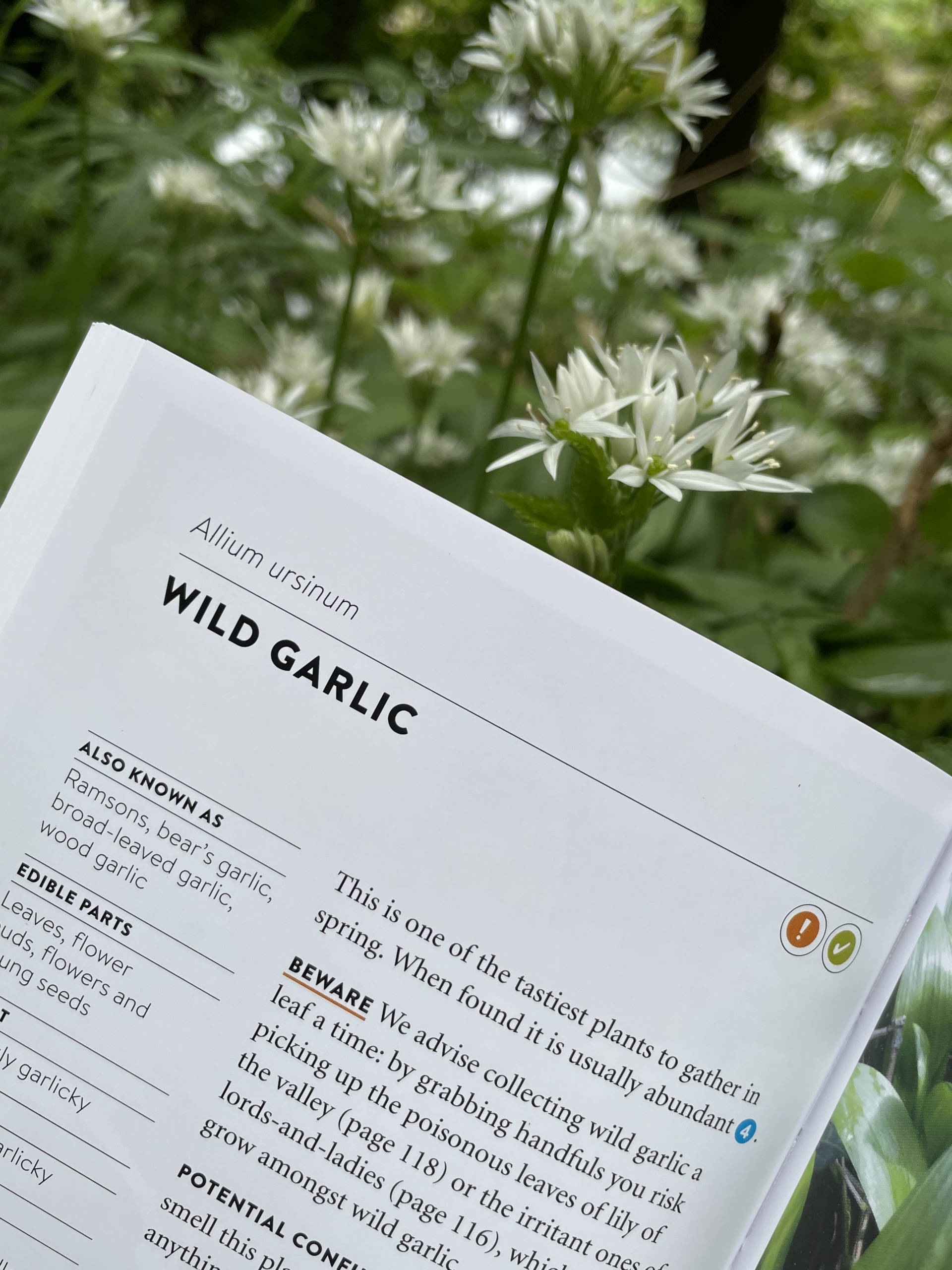
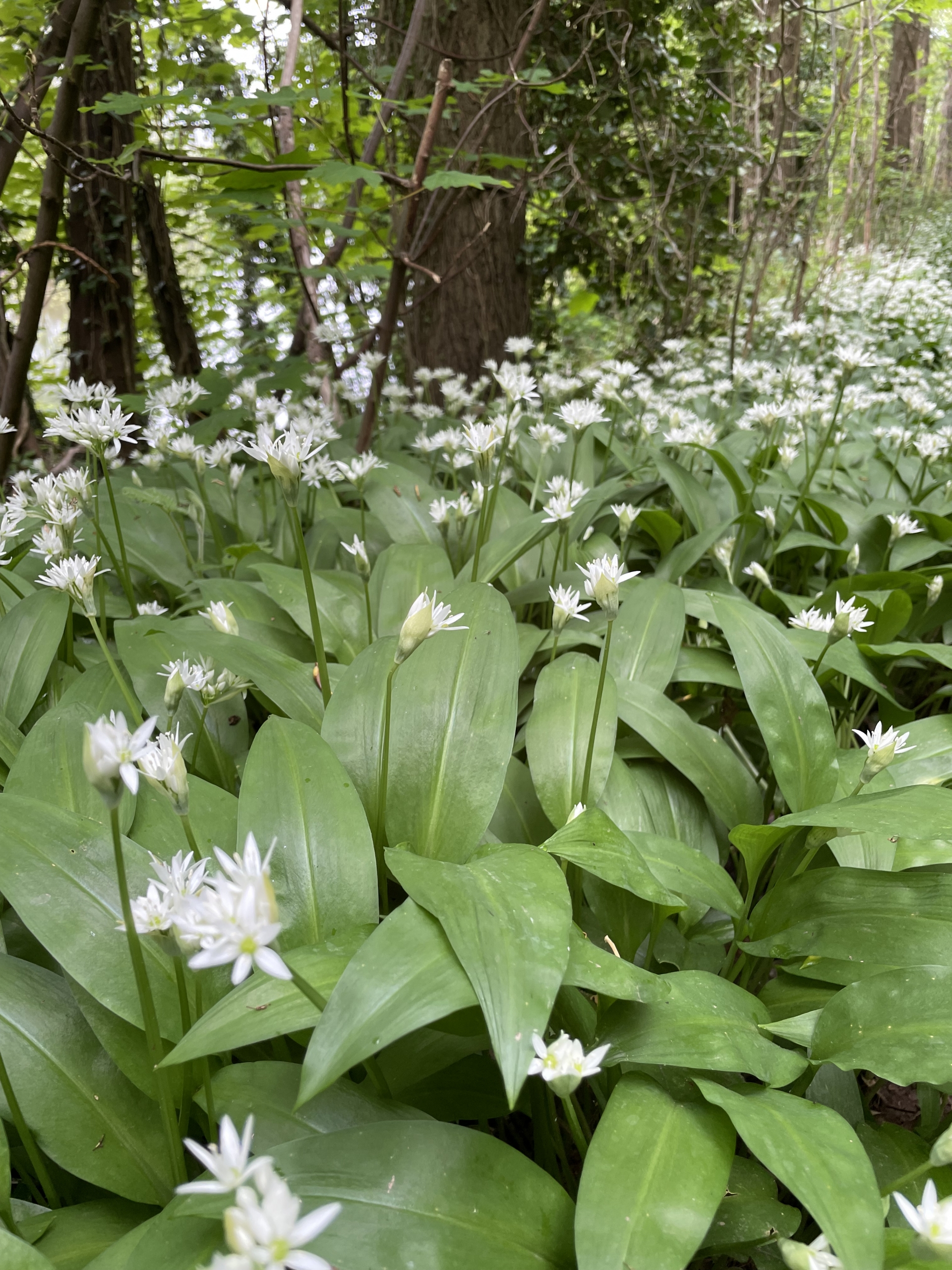
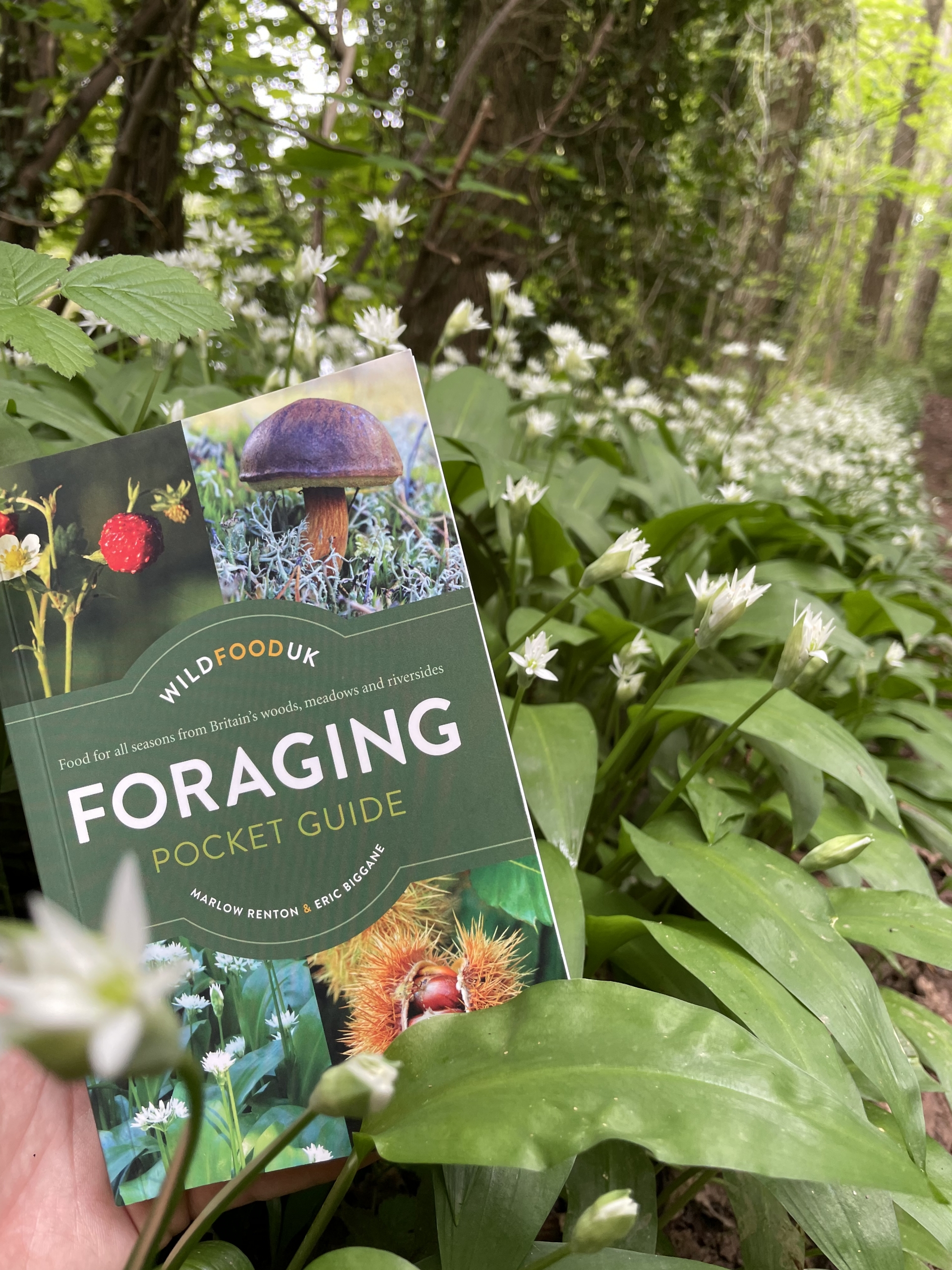
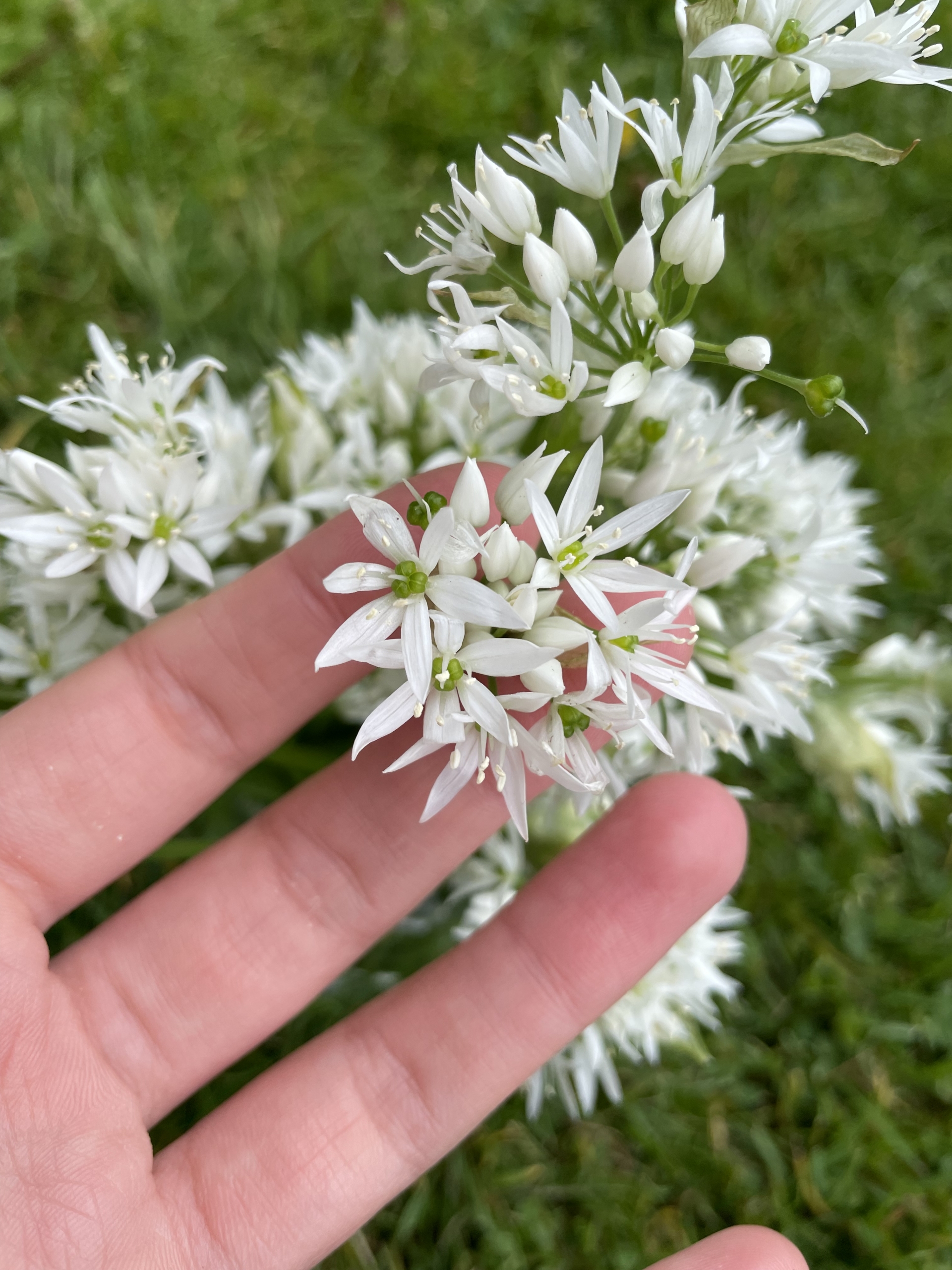
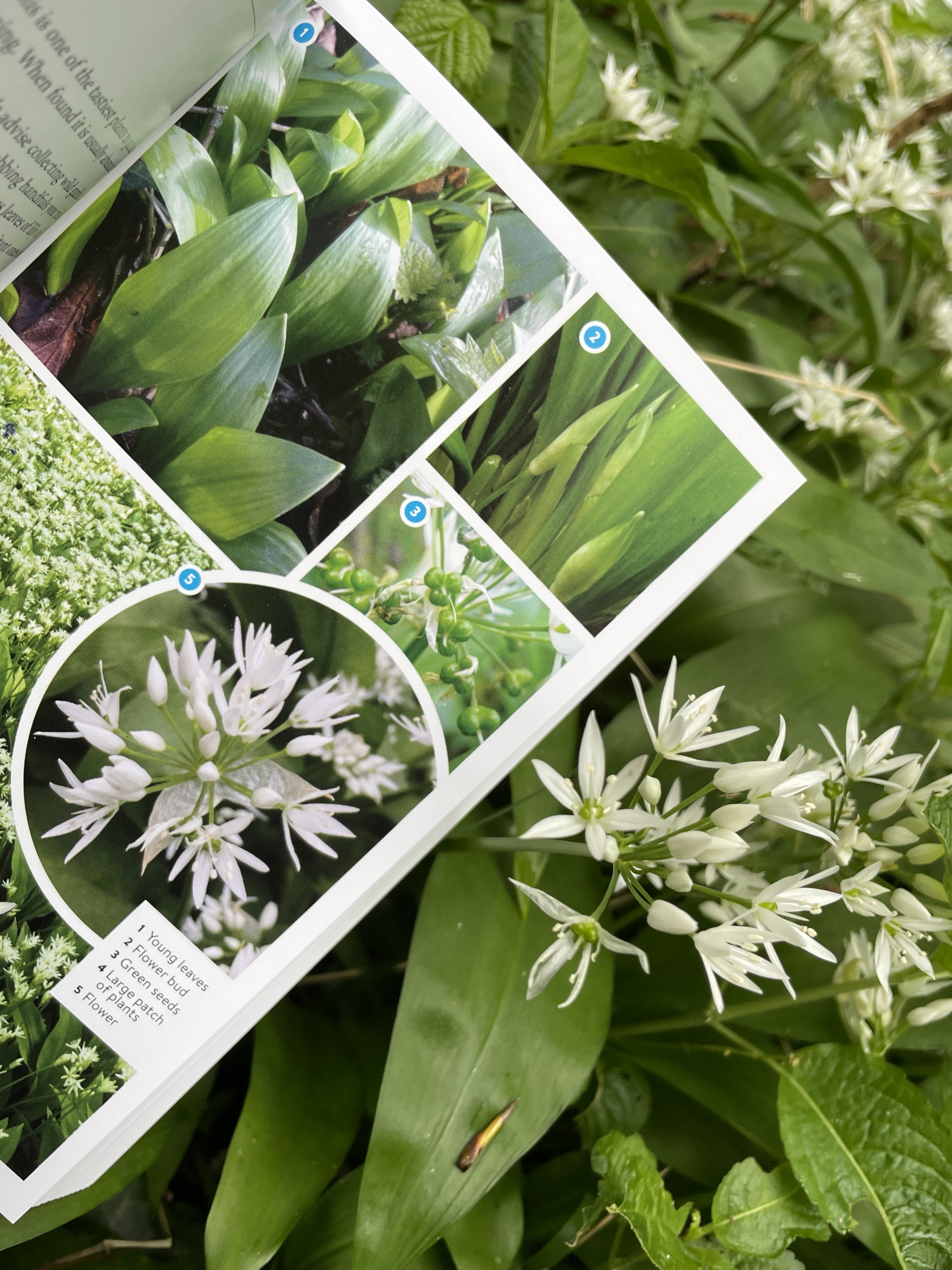
Your nose is your strongest tool when it comes to ID-ing this little plant. The smell of garlic is unmistakable on the leaves and will help you determine whether or not you’ve got the correct plant.
Wild Garlic is often referred to by its common names as; Ramsons, Bears Garlic, Broad-leaved Garlic & Wood Garlic. As a food it has multiple uses as the months go by; from sweet garlicky leaves, then spicy flower buds followed by miniature ‘garlic bombs’ when the plant goes to seed. Wild Garlic is one of our favourite plants to find, it’s incredibly tasty and is a number one on a foragers spring spot list.
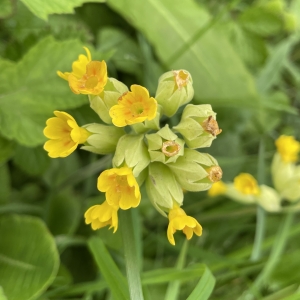
Scientific name: Primula veris
Cowslips are now a common sight in the UK, growing in large numbers among grassland, grassy areas, meadows, parks, banks, path sides and flowerbeds. The Flowers of Cowslip have a slightly citrus taste to them and make a fantastic addition to a spring salad.
Cowslip could be confused with The Primrose or other primulas until they flower however these two plants are both edible.
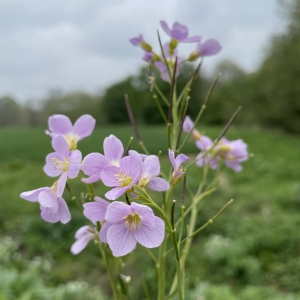
Lady’s Smock
Scientific name: Caramine pratensis
This fairly common plant is also known as the Cuckoo Flower and is part of the brassica family, this means that its has cruciform flowers that form (in the spring/ early summer months). We’ve seen lots of these flowers popping up recently, carpeting fields, meadows, pastures, lawns, riversides, damns, ditches and roadsides.
This flower is often known by its alternative name, the Cuckoo Flower as it refers to the arrival of its flowers at the same time as the cuckoo begins to sing. The flowers and leaves are great when used in a salad and taste hot and spicy like wasabi.
The Cuckoo Flower with the Cuckoo Song
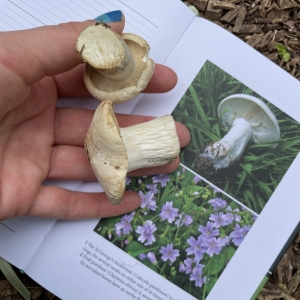
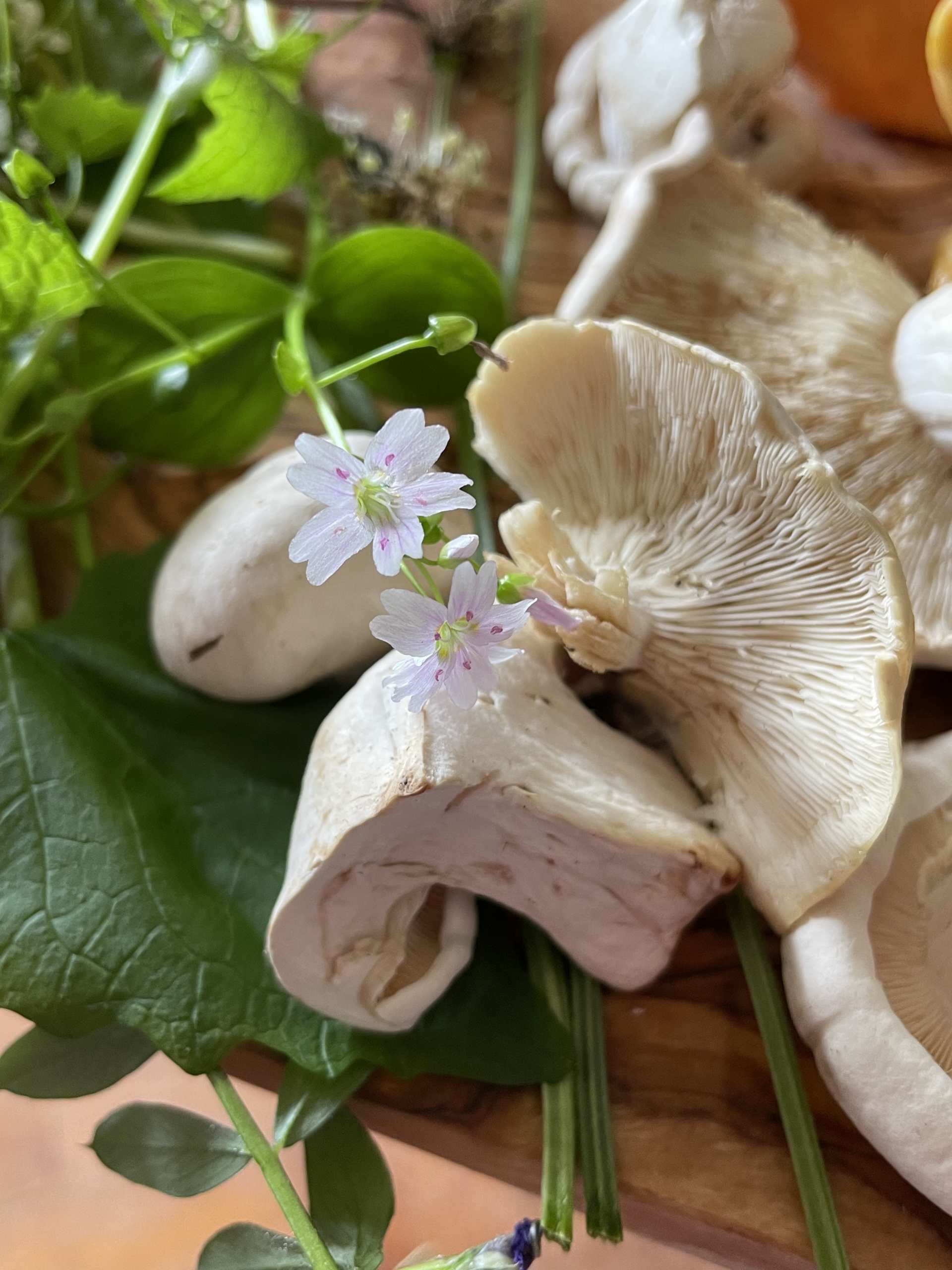
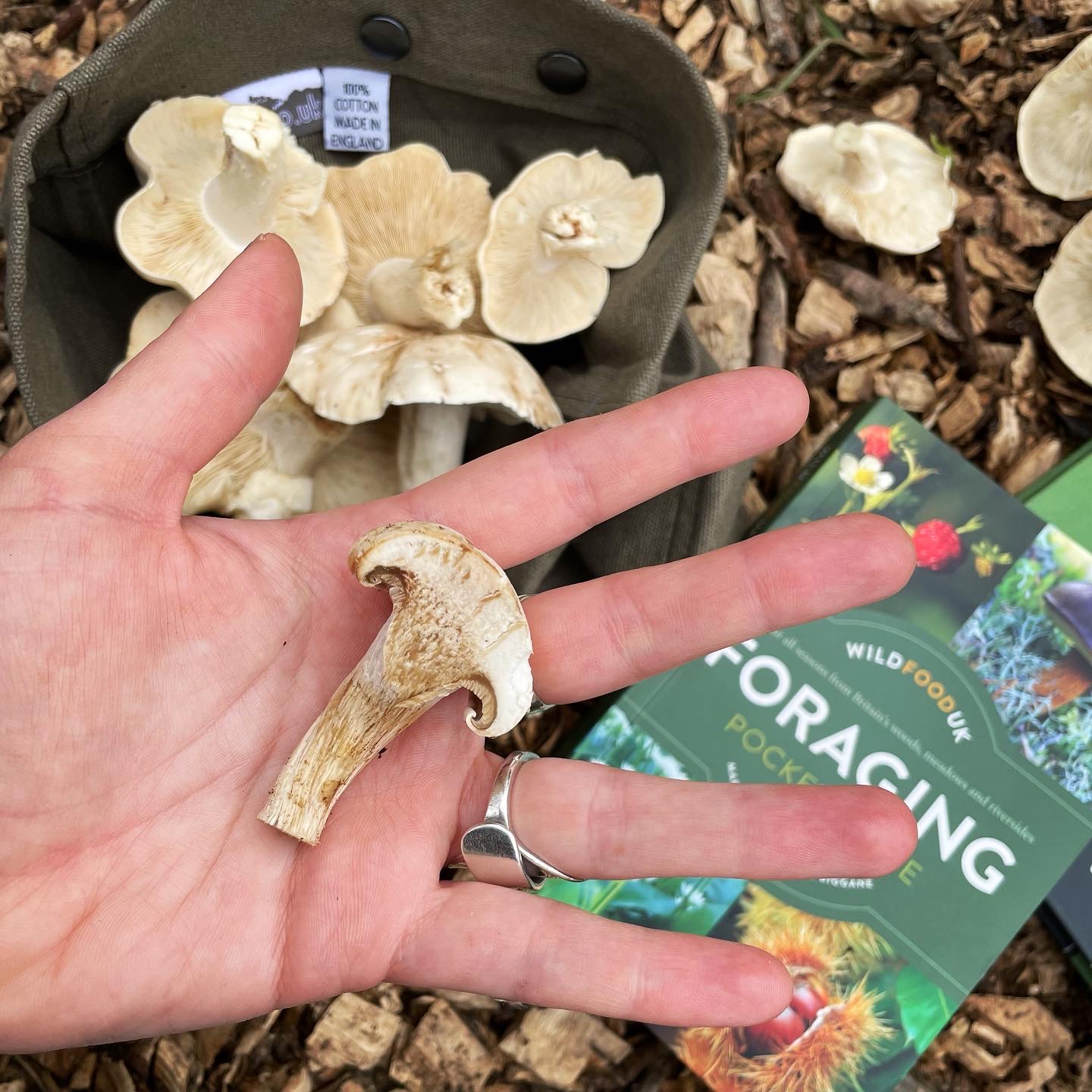
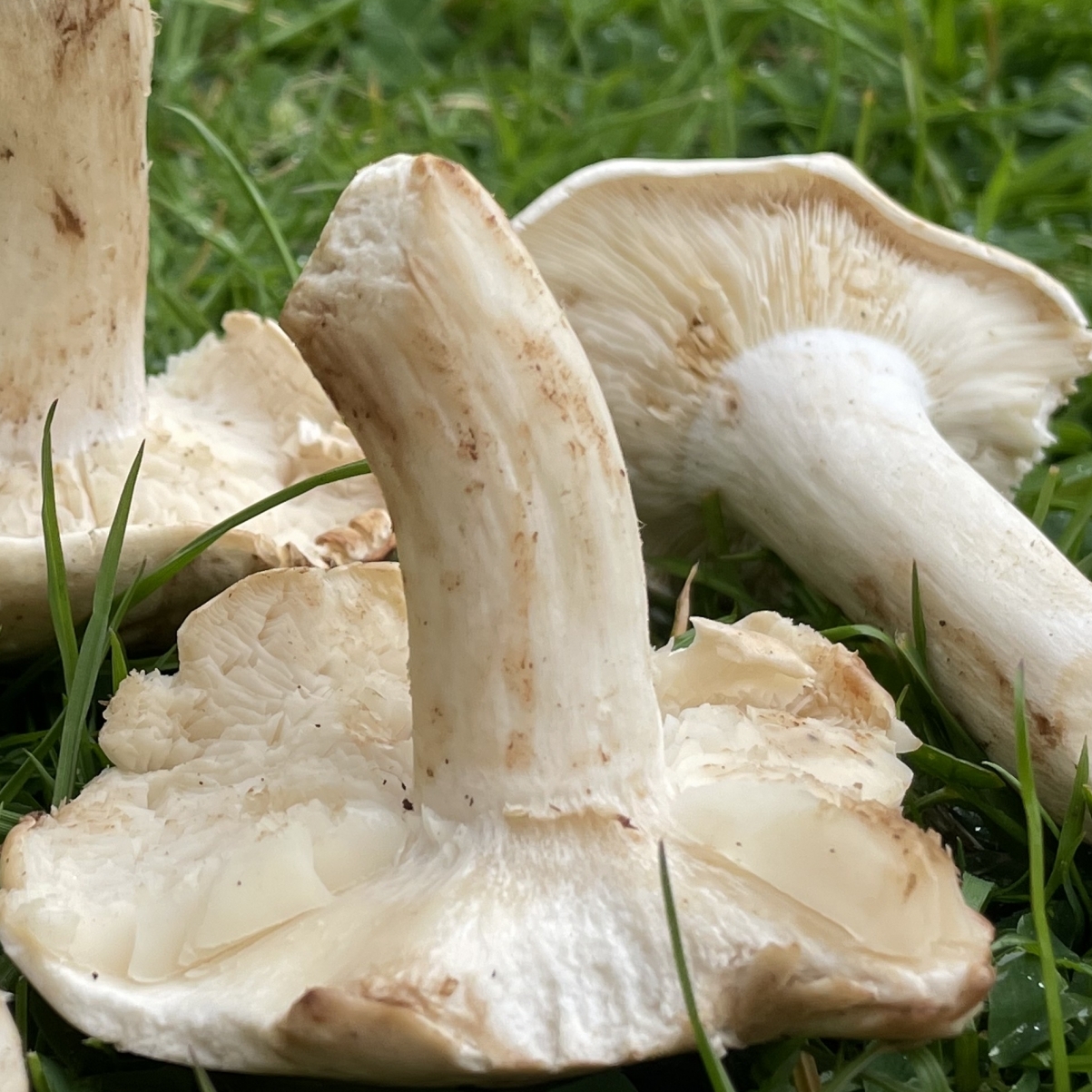
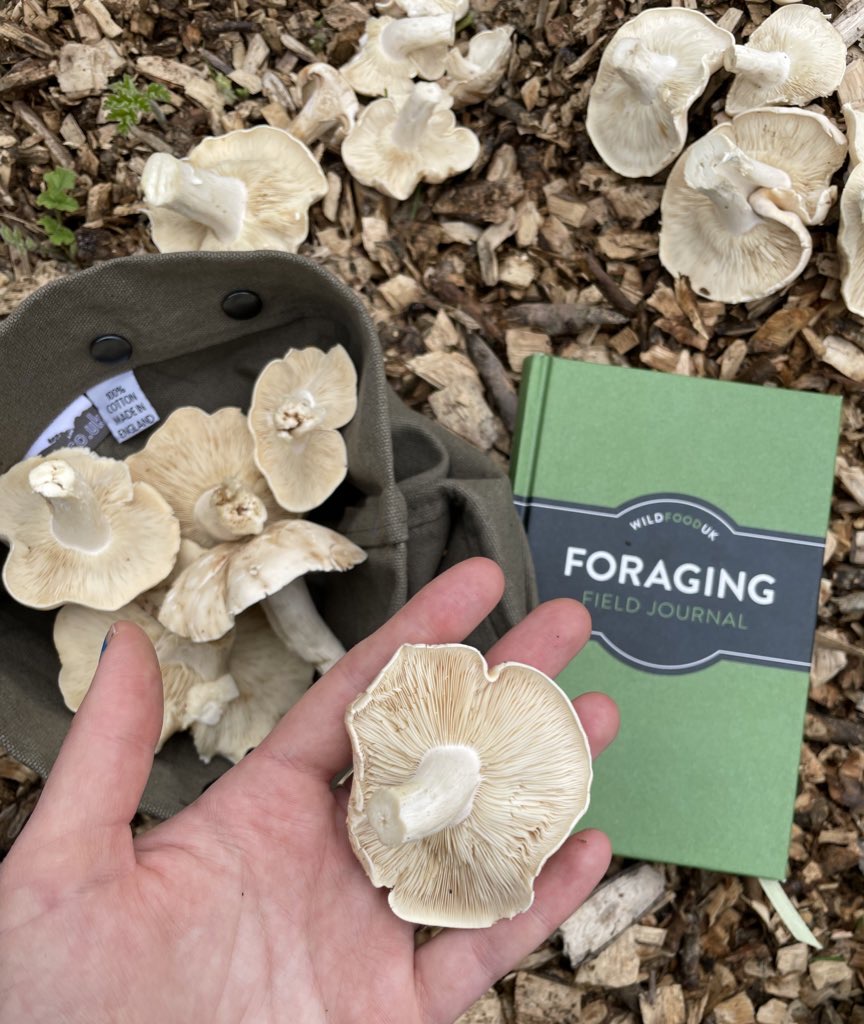
Scientific name: Calocybe gambosa
A great spring mushroom that’s usually found several weeks either side of St Georges day (These were spotted May 3rd 2022). This mushroom can be found hiding in grasslands, besides woodland, lawns and roadsides growing in rings from April to May.
St Georges are fairly easy to identify and can usually be found growing in the same places each year. Did you managed to find any St Georges this month?
Why not try our Wild Garlic pancakes with creamy St Georges Mushrooms Recipe

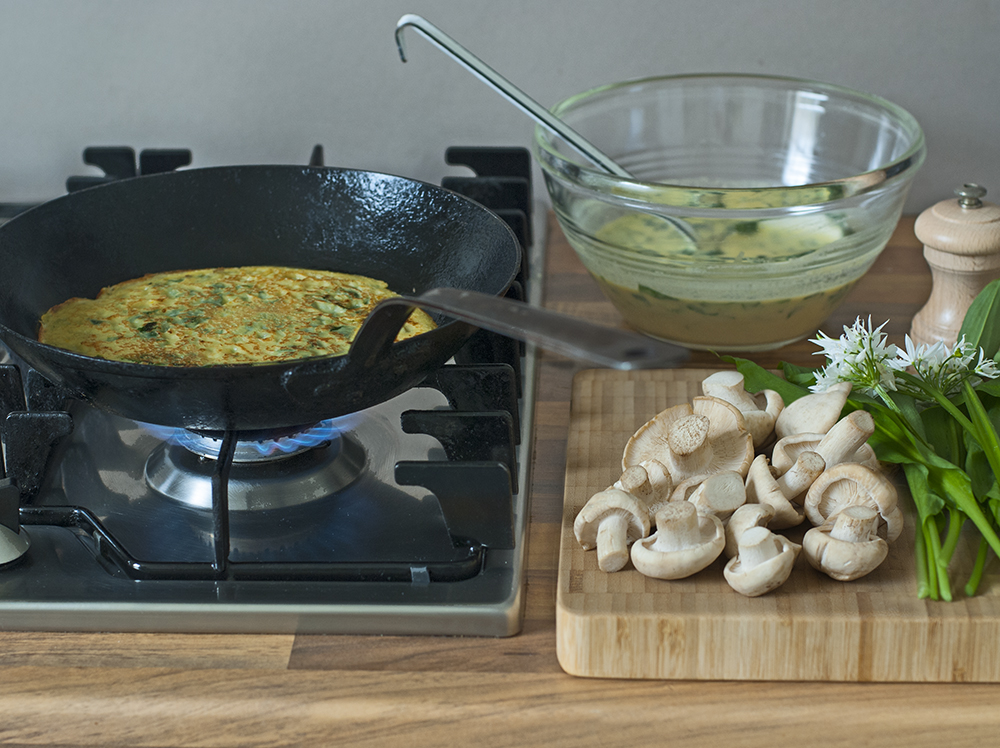
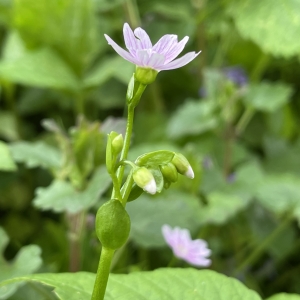
Scientific name: Claytonia sibirica
This plant is often referred to by its common names such as Winter Purslane and Siberian Spring Beauty. you are likely to spot Pink Purslane year round with the flowers presenting with five pink, sometimes white petals from April to July.
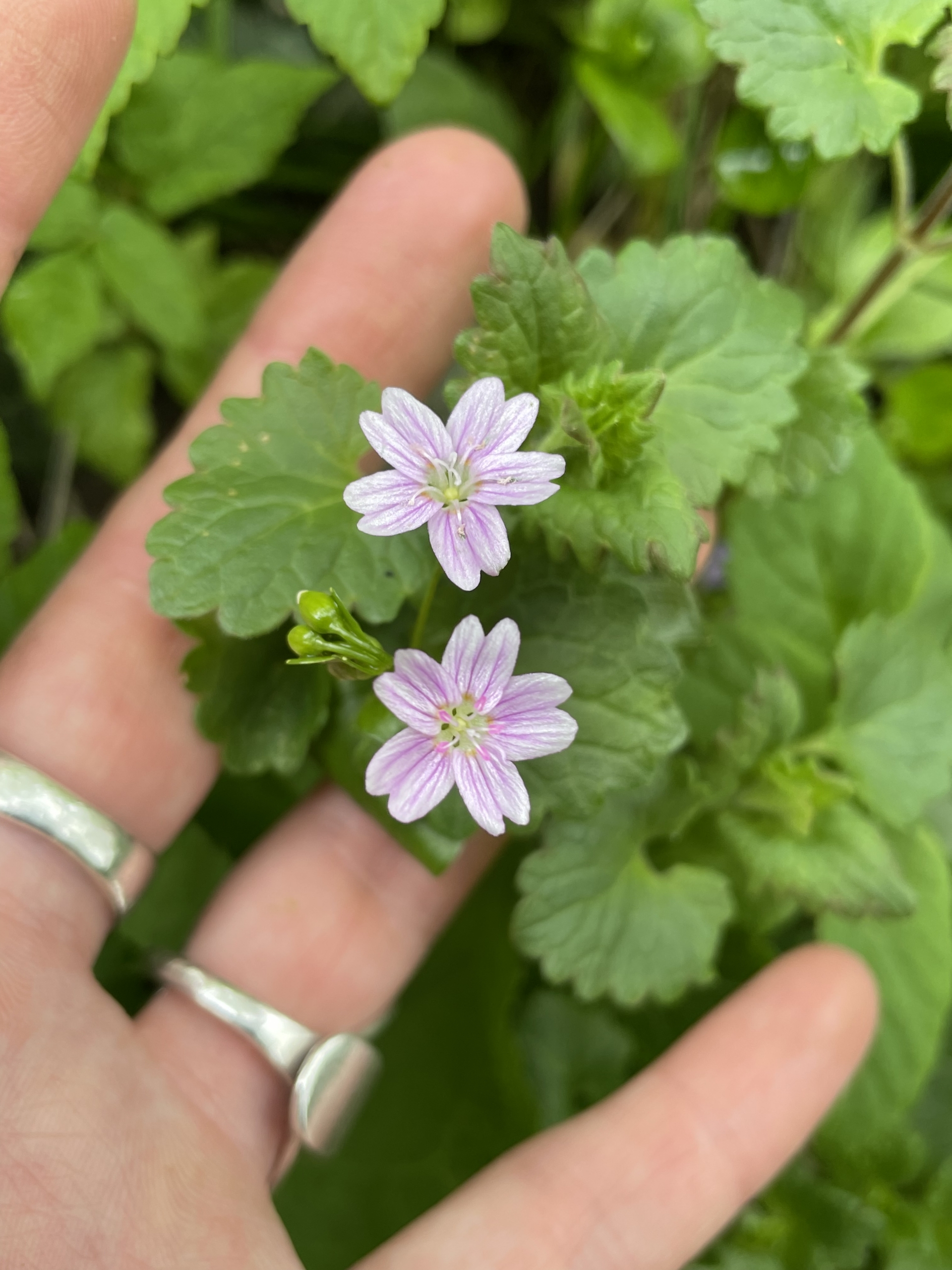
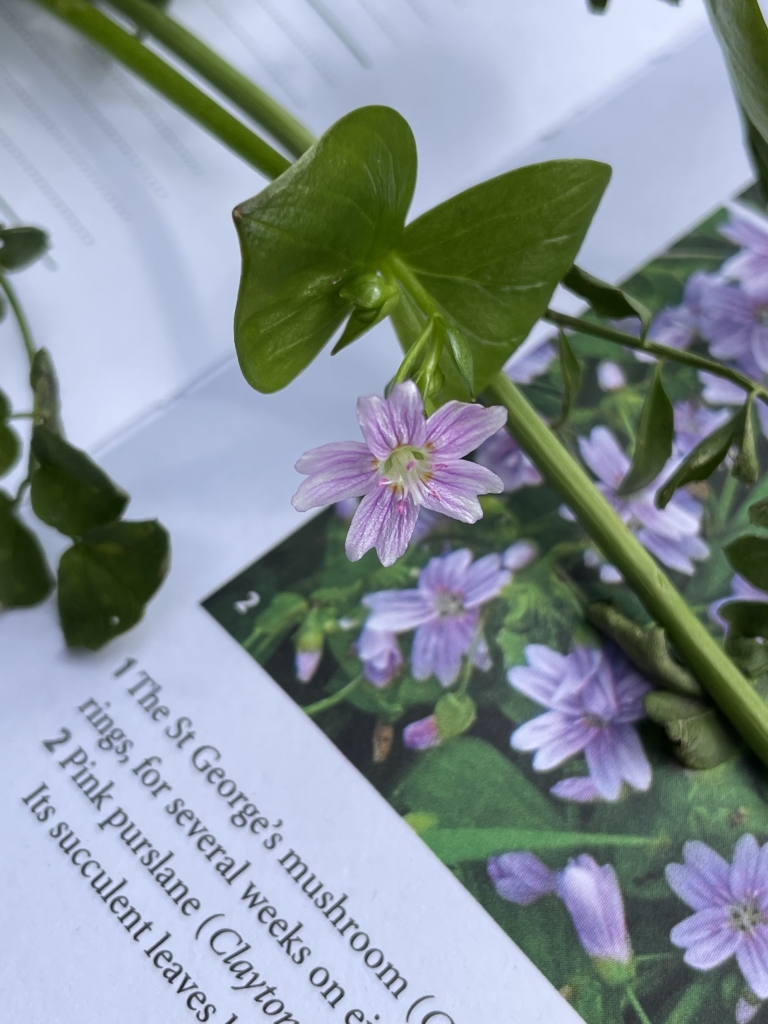
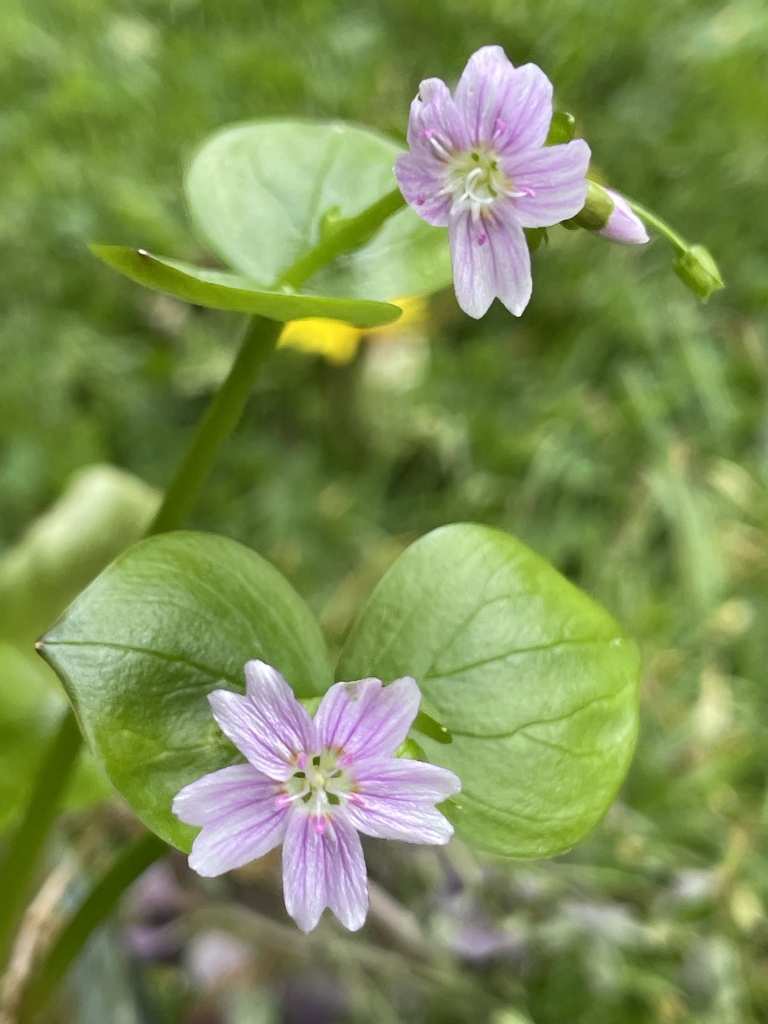
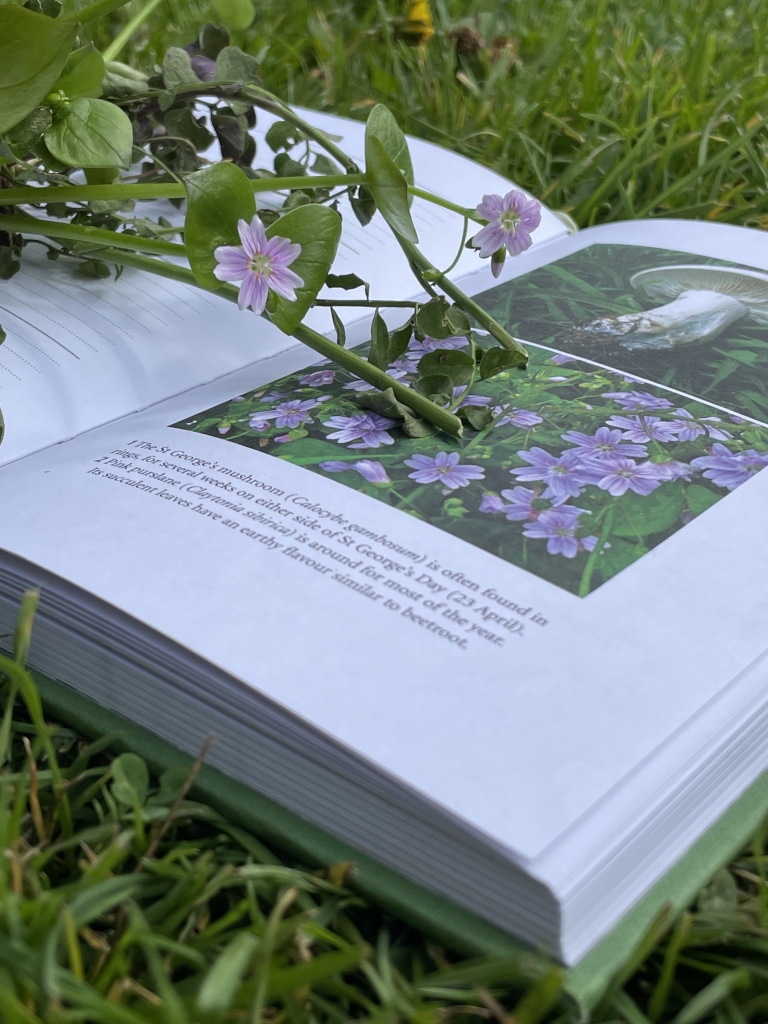
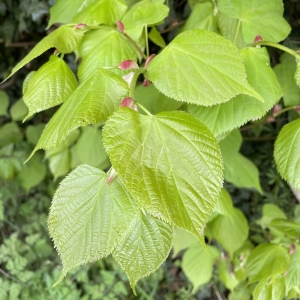
Scientific name: Tilia sp
There a few different members of the Lime growing in the UK, it can be hard to differentiate between them as they readily hybridise with each other. Lime trees are fairly common in the UK and can bring some delicious treats to our dinner plates. The young, translucent leaves are best for salads and the fruit, including the leaf bract, are best dried and made into Linden tea or Tilluel.
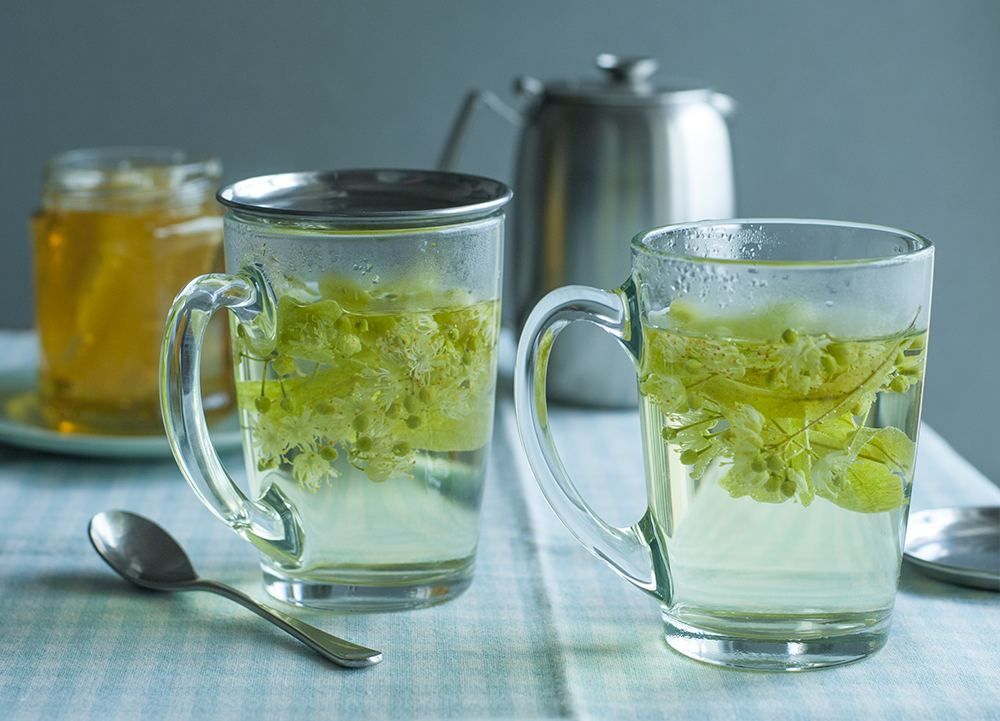
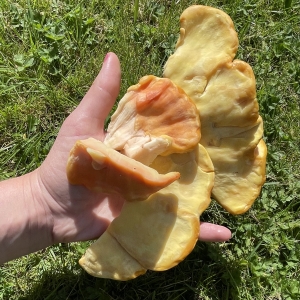
Scientific name: Laetiporus sulphureus
This Mushroom is considered a great meat replacement to switch up your meal time treats. With its texture considered consistent with that of chicken this mushroom is great in stews, stir fries and casseroles. COTW is best eaten when young and should be cooked before consumption.
A few of our foraged finds made into a tasty stir fry using Chicken of the woods, St Georges Mushroom, Wild garlic, Chives, Common Hogweed and Burdock Root. Check out our Youtube to see how we made it.
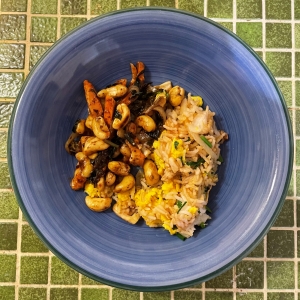
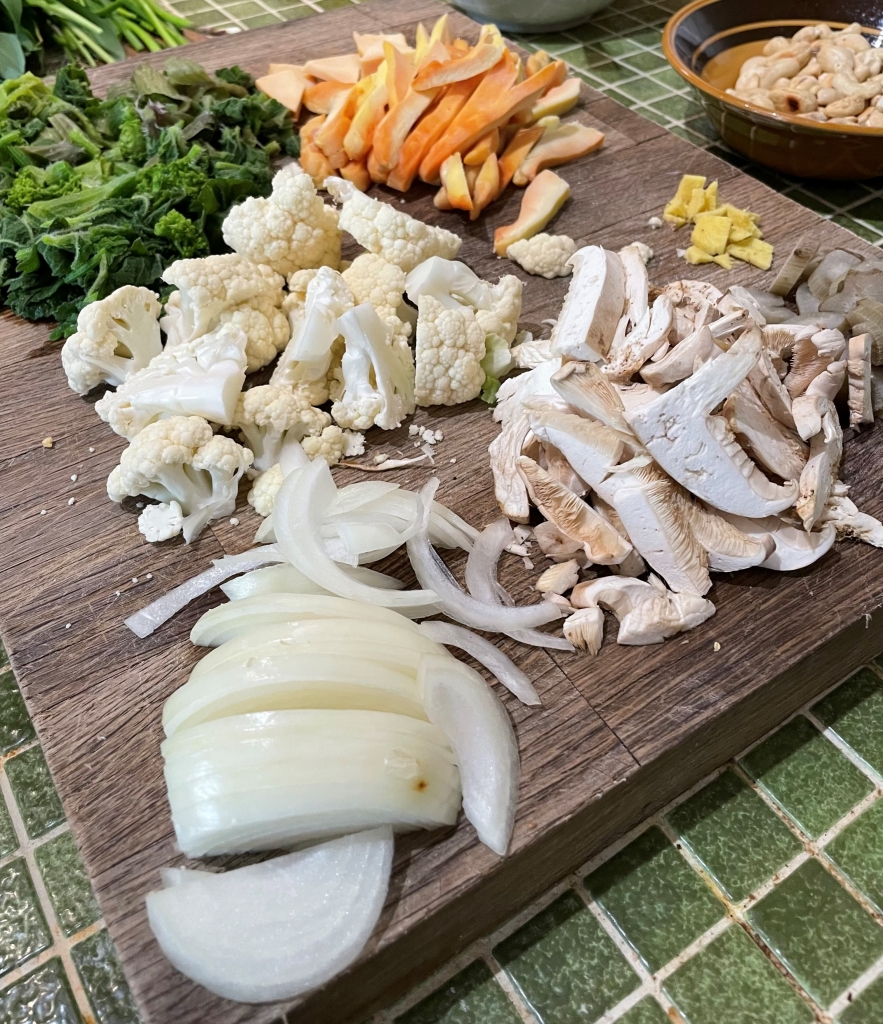
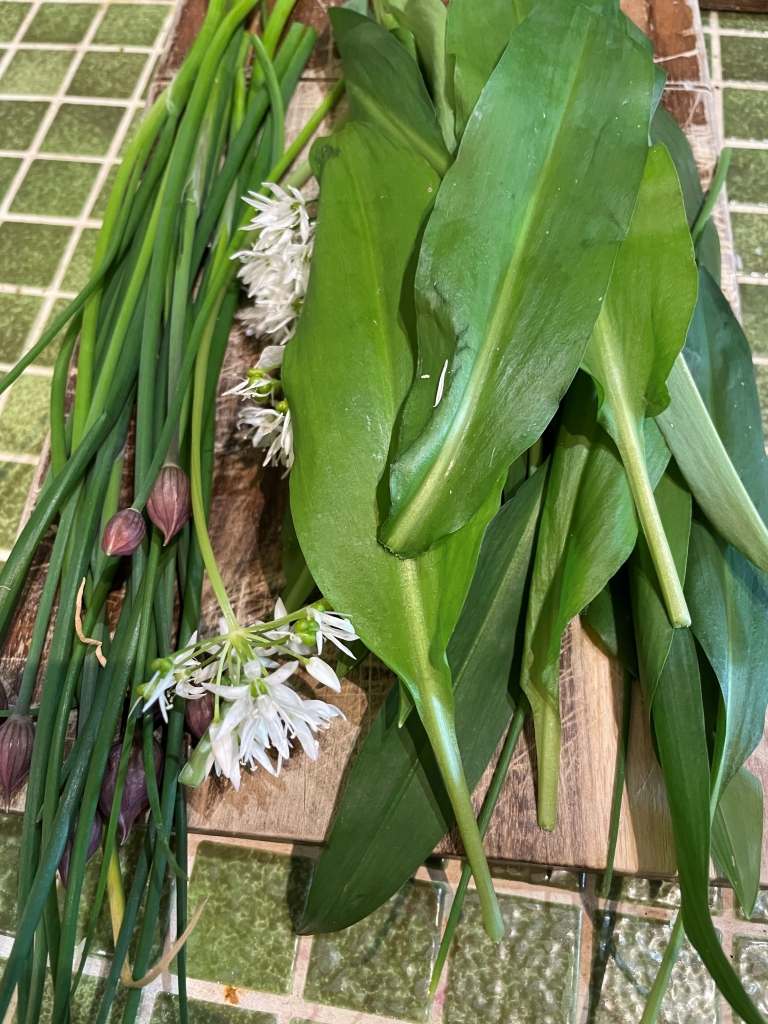
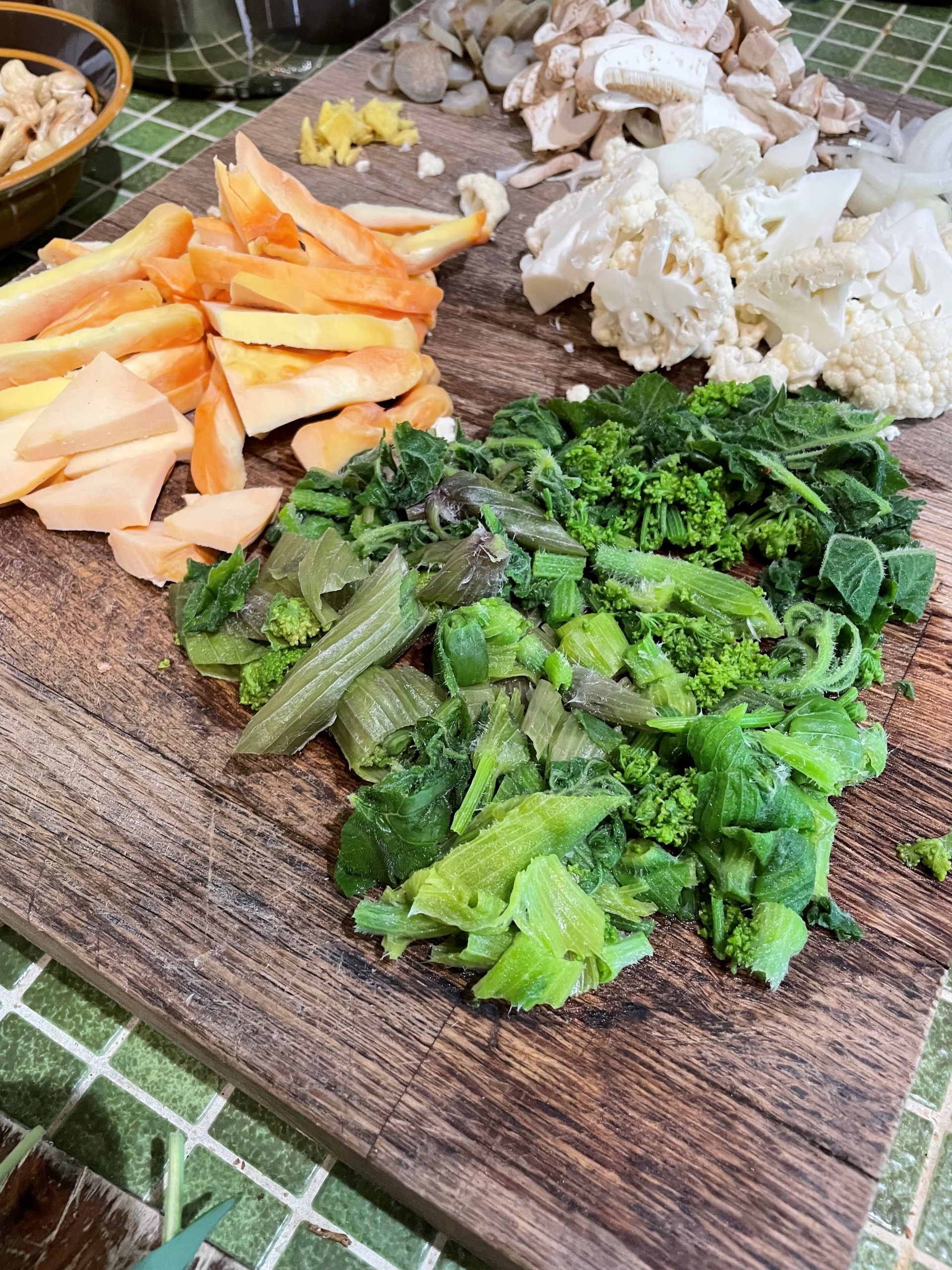
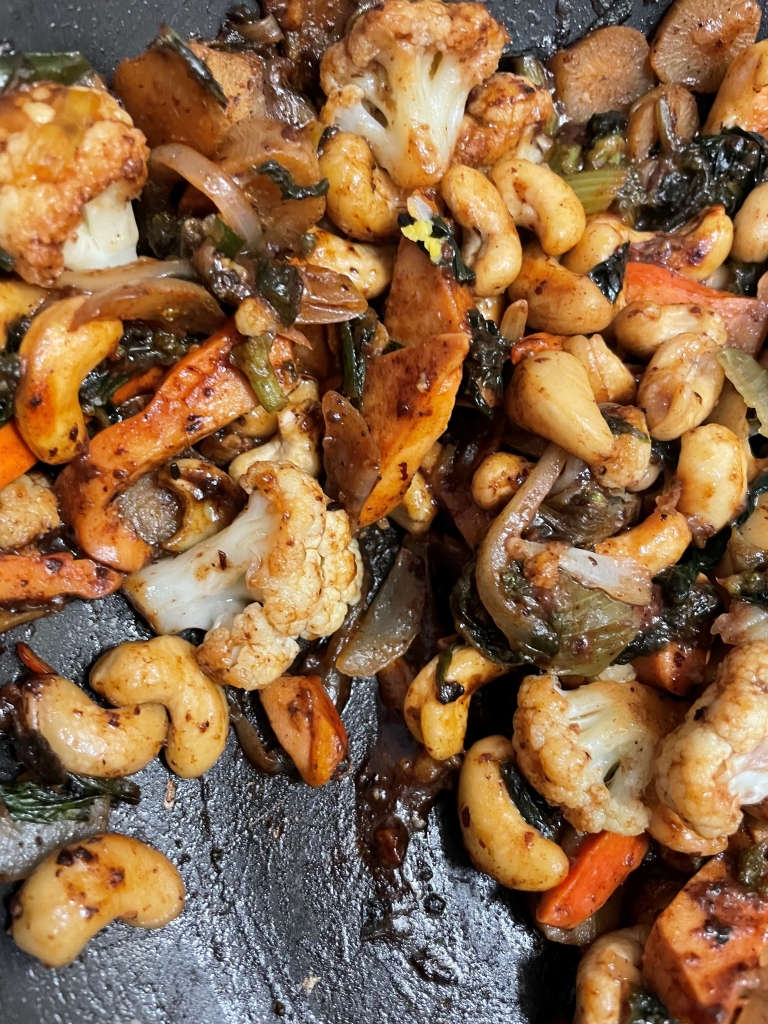
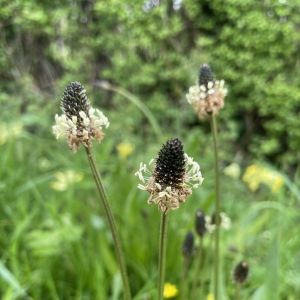
Scientific Name: Plantago lanceolata
The flower heads (shown above) taste surprisingly like mushroom! have a taste and let us know what you think! This plant is very common in the UK. You’ve likely noticed it growing along roadsides and parks or scattered in fields.
Ribwort Plantain seems to be a very versatile addition to the medicine cabinet being an antihistamine, antifungal, antioxidant, analgesic and even a mild antibiotic. Used as an antihistamine, Ribwort Plantain is very effective at dealing with nettle stings or insect bites/stings unlike Dock which is just a placebo but if your children get stung and you can’t find any Plantain, placebos work.
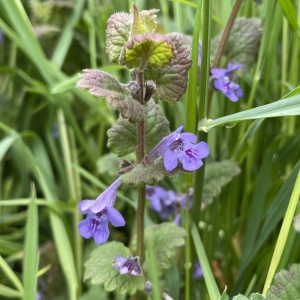
scientific name: Glechoma hederacea
We found lots of Ground Ivy throughout late April early May this year. Something one of our course leaders has been reluctant to use in his meals over the years however we think he might have been converted. Click here to find out how he’s used Ground Ivy in his meals.
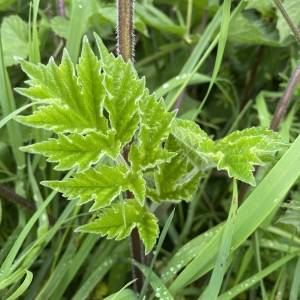
Scientific name: Heracleum sphondylium
One of our favourite spring finds however, please exercise caution while identifying this plant, with a possible confusion being Giant Hogweed (Serious Irritant).
*Please do not pick unless 100% sure you know you have the correct plant*
The edible parts on Common Hogweed are the young shoots and leaves and the unopened flower heads and seeds. These plants can be found in almost every field and hedgerow in the country.
Don’t be scared when identifying, be informed
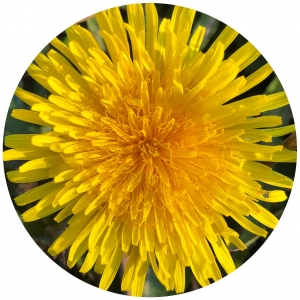
scientific name:Taraxacum officinale
A very common plant that can be found almost anywhere and at any time of year. There are up to two hundred and thirty five micro species of dandelion all lumped under the Taraxacum officinale name.
DANDELION MEAD click here for recipe that we followed (by Atomic Shrimp).
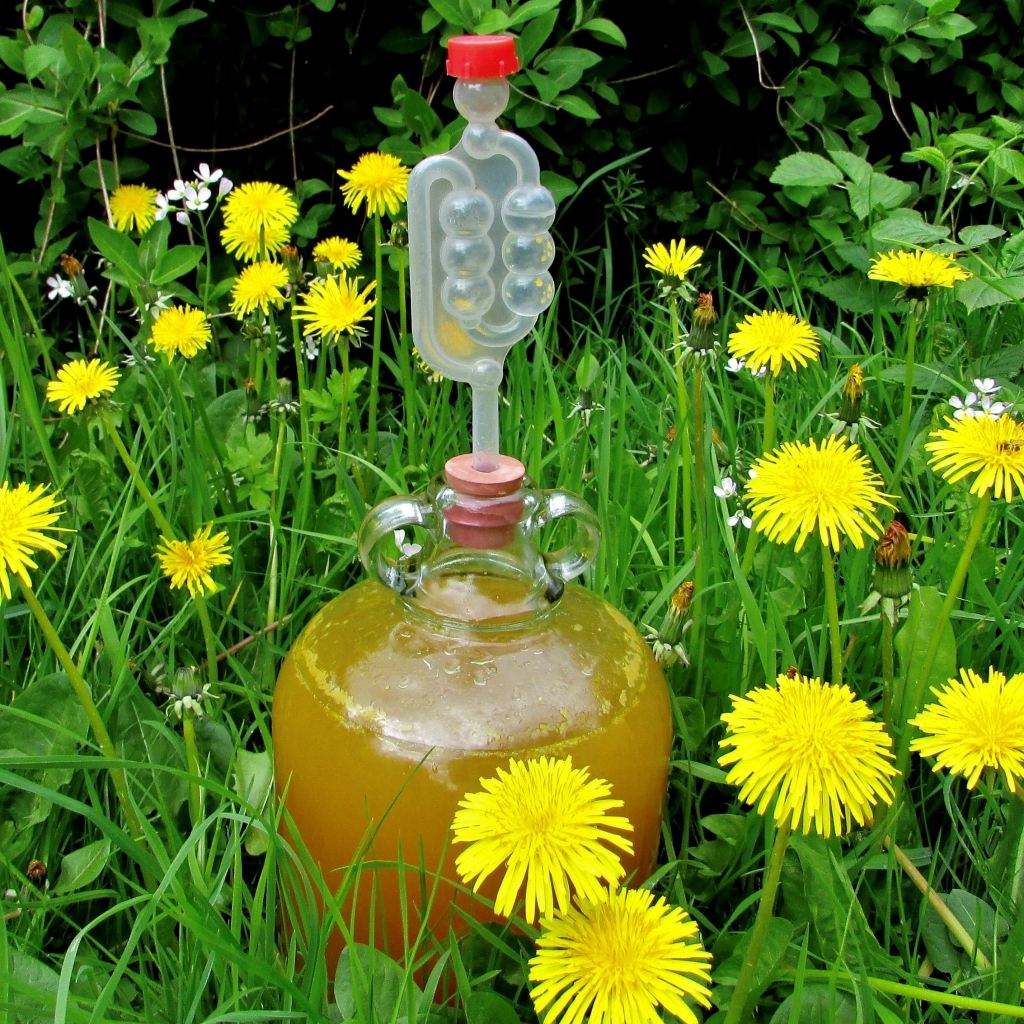
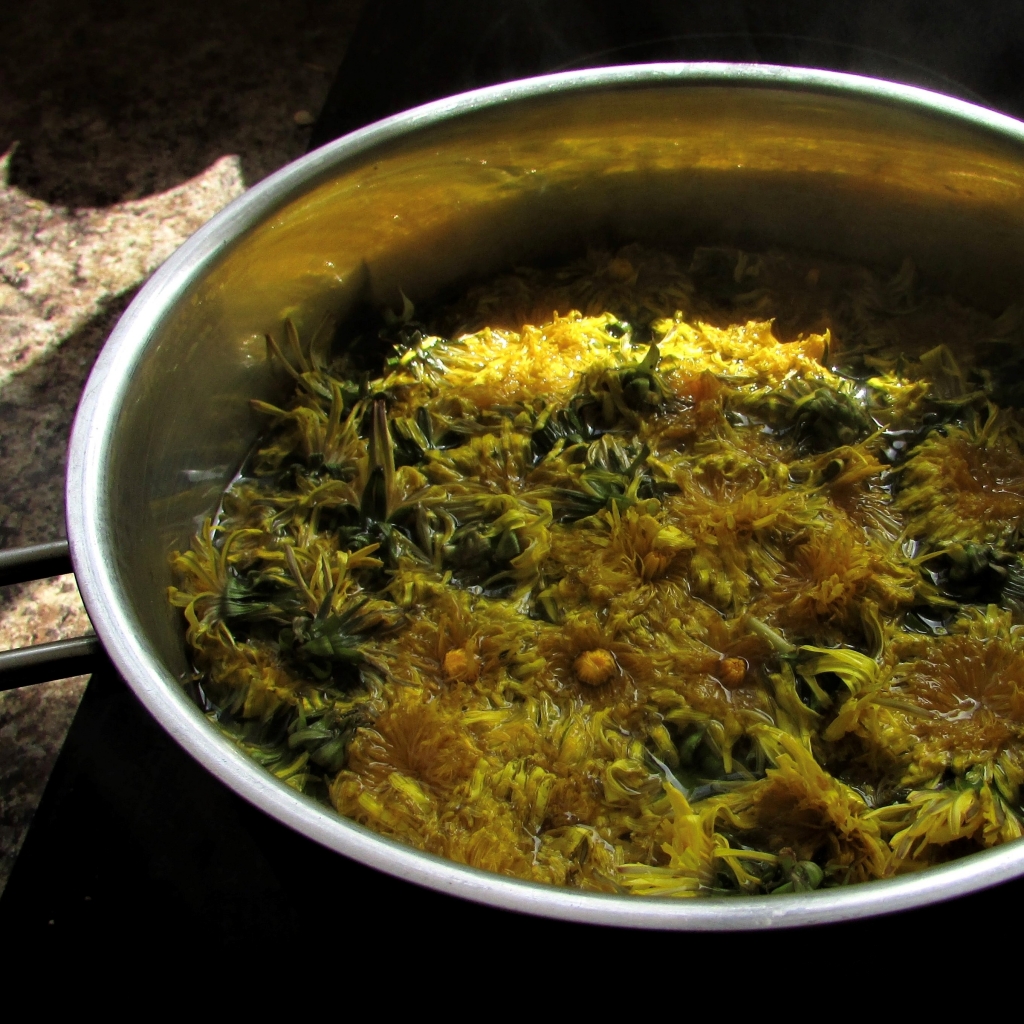
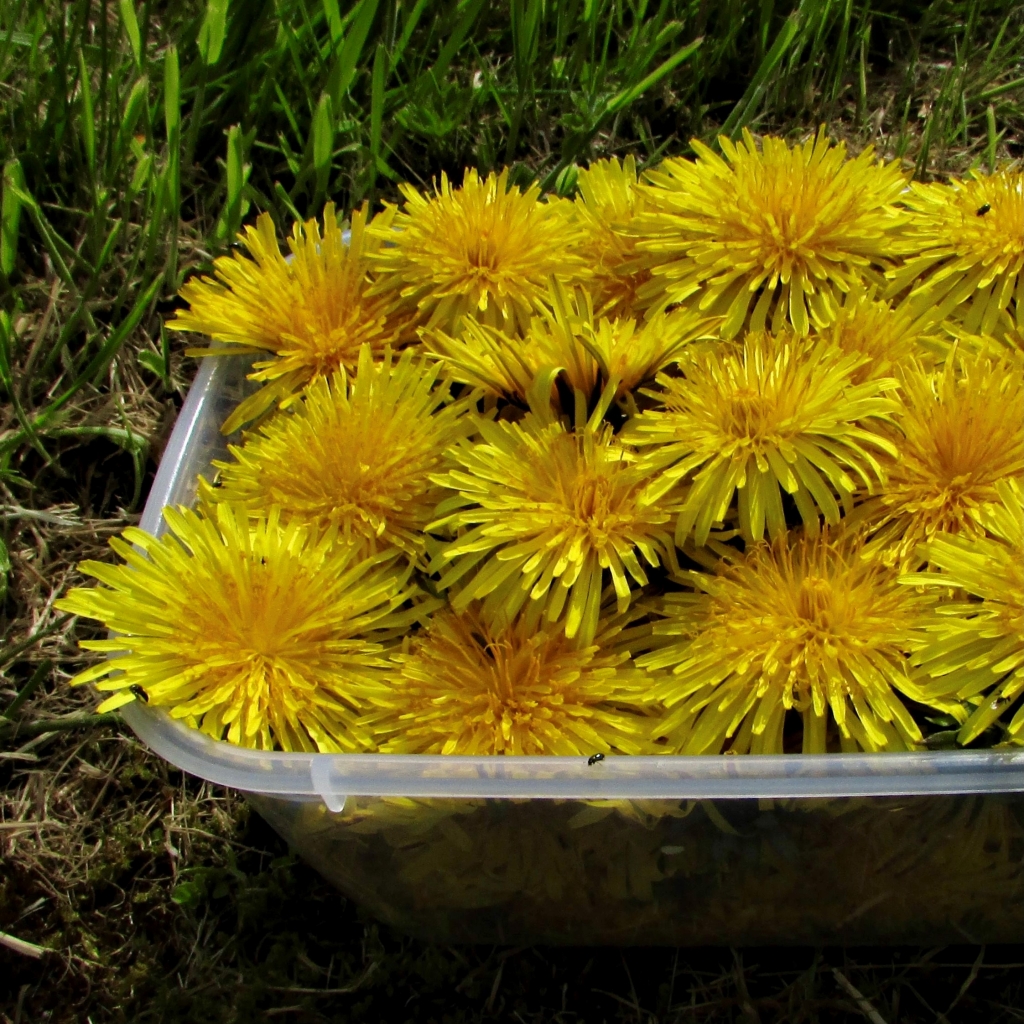
Ingredients you’ll need:
1 Litre of open dandelion heads (a 1 litre tub is shown in the above photo)
1.5 kilos honey
1 lemon, juice and zest
A piece of ginger as big as your thumb
1 level teaspoon wine yeast
Method:
Boil 1.5 litres of water in a pan, when boiled remove from heat and add in the dandelion heads. Stir and cover the pan and then leave standing for 24 hours.
The next day… Add the juice and zest of the lemon, along with the ginger cut into small pieces to 1 litre of just boiled water, (the same as you did with the dandelion heads). Then leave to cool until tepid.
Dissolve the honey in 2 litres of just boiled water, (same again). When cool/ Luke warm, add the yeast to the strained lemon and ginger water, add a tablespoon of white sugar and a tablespoon of honey, stir and leave for 10 minutes. It should start bubbling but don’t worry if it doesn’t, sometimes the yeast takes longer depending on environment and temperature, you can add it after 10 minutes anyway.
Add all the ingredients to a demijohn and make up to 5 litres with water, just about where the demijohn starts to narrow towards the neck, see photo.
Add an air stop and place somewhere cool and out of the sun and wait patiently until it stops bubbling.
Bottle using a syphon to leave the dregs at the bottom of the demijohn.
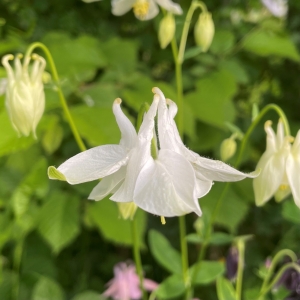
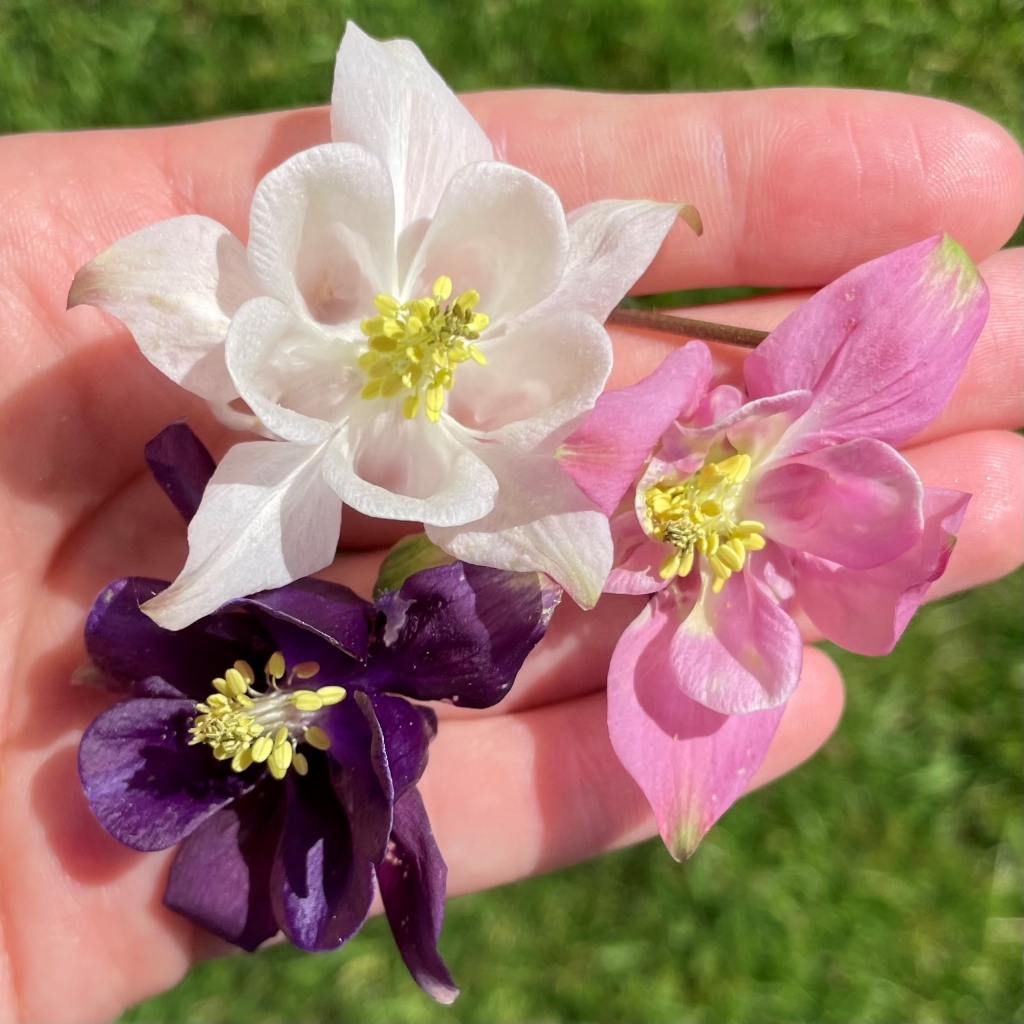
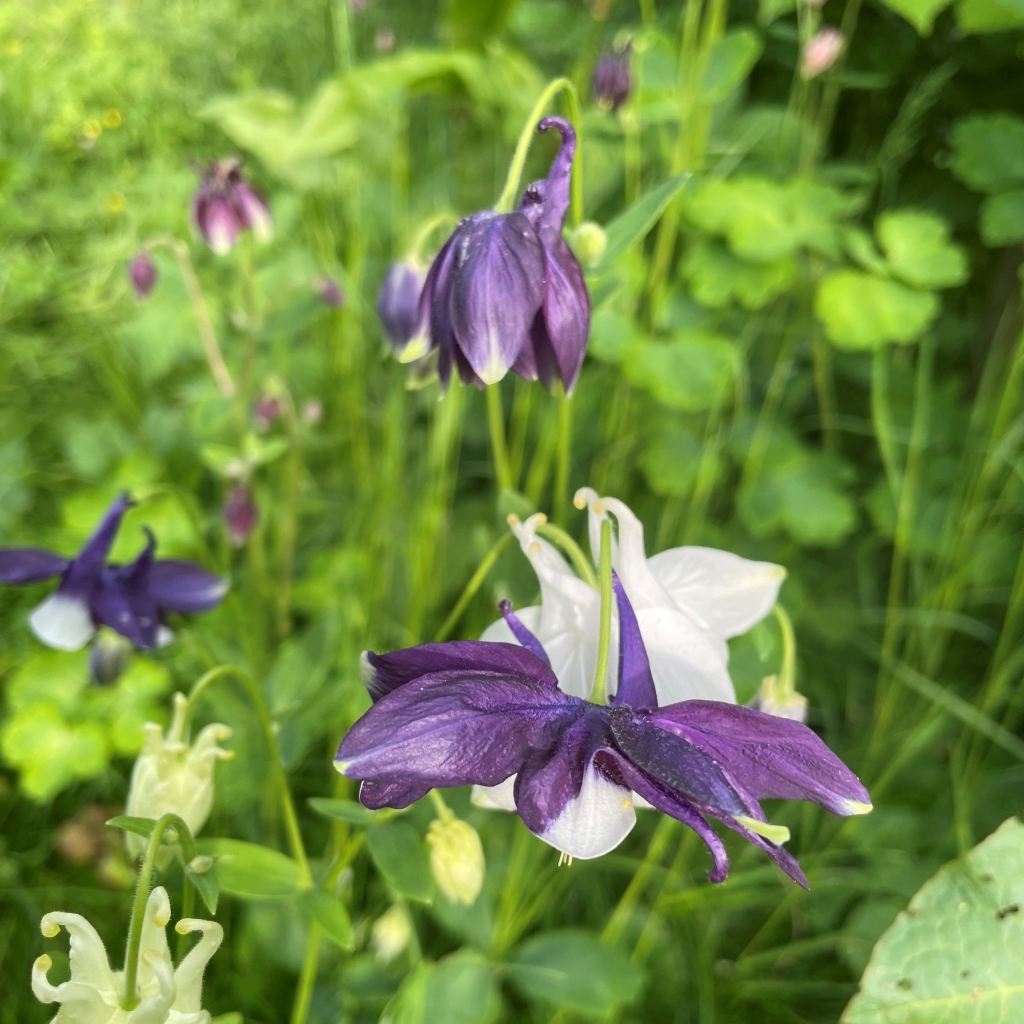
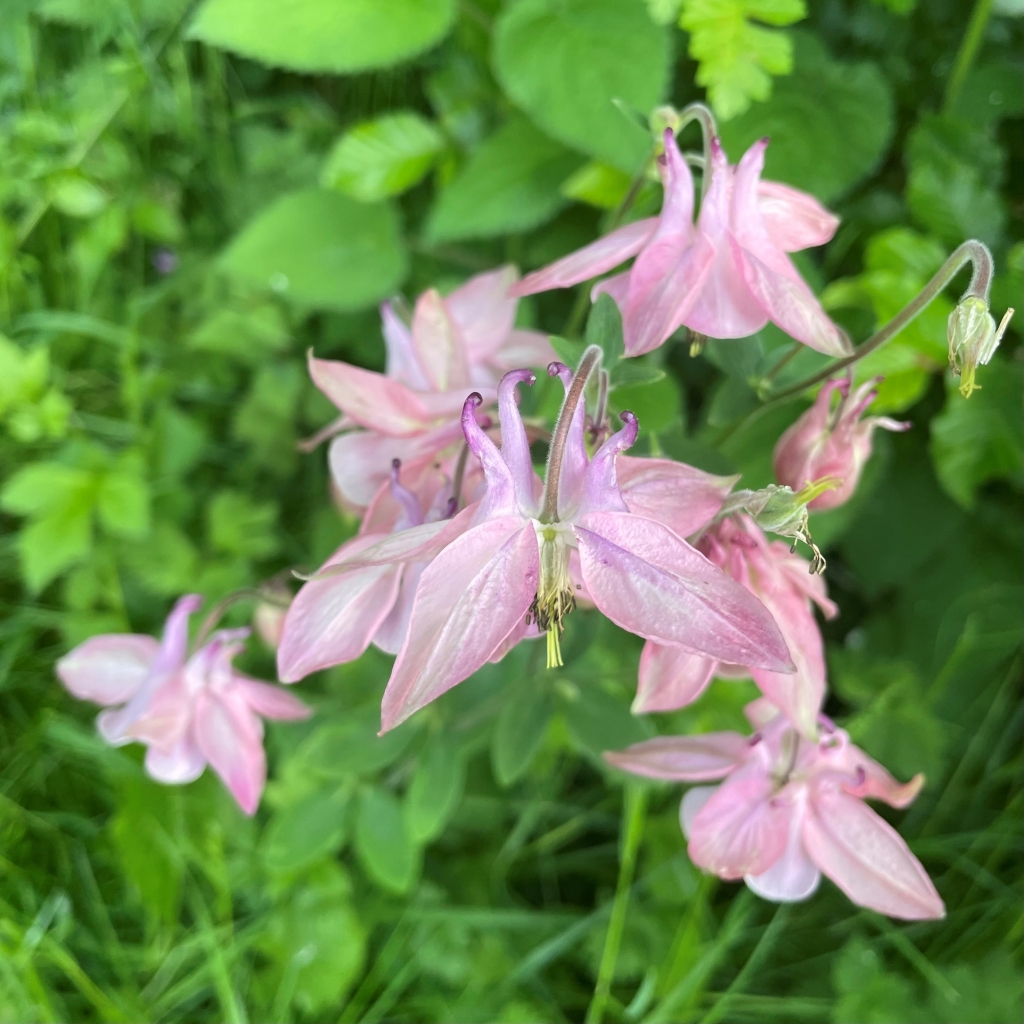
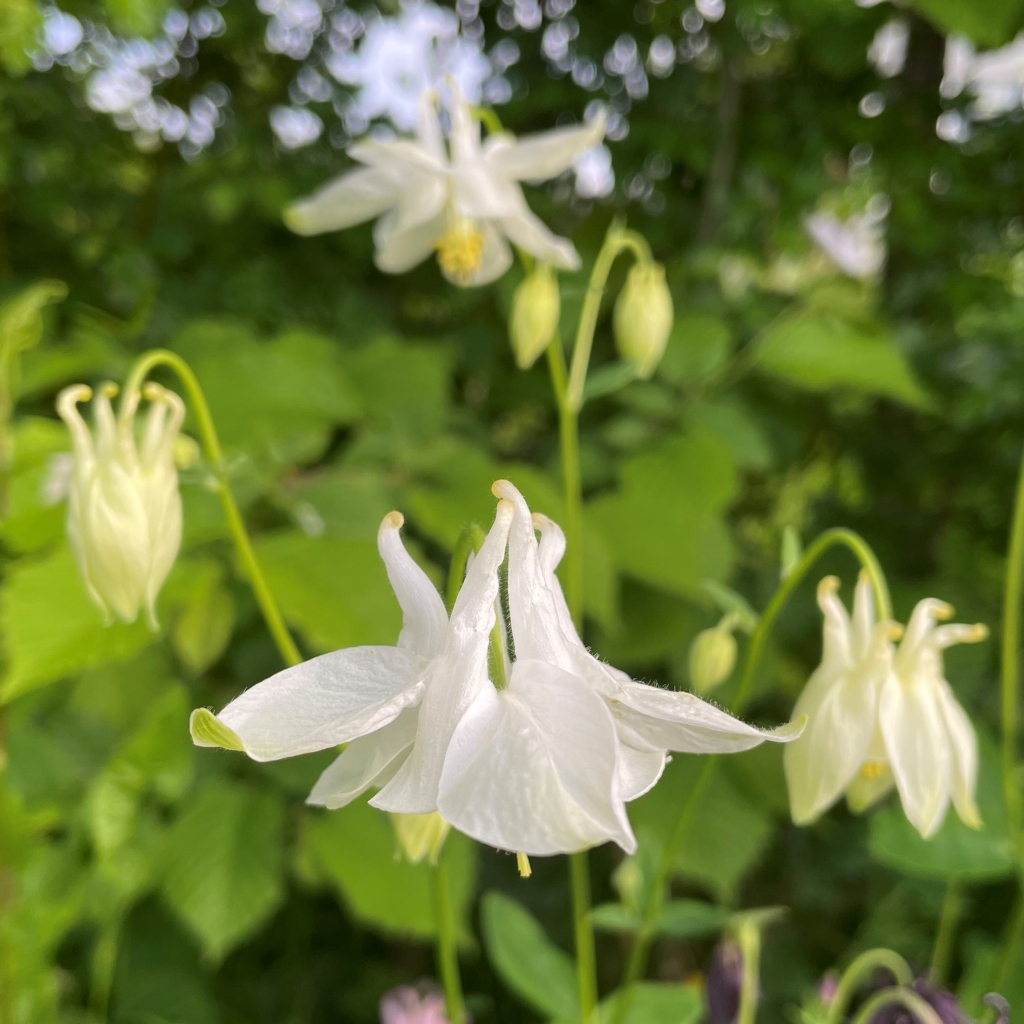
Scientific name: Aquilegia
Columbine or Granny’s Bonnet as they are commonly known, are likely to be found hiding in meadows, woodland and flower beds. Preferring places in partially or fully shaded areas. They bloom with beautiful flowers that are sweet to taste which can be eaten raw, brightening up a spring/summer salad.
A beautiful flower that to us, appears like 5 doves kissing with their tails pointing outwards.
The leaves are toxic unless well boiled. Unless you are in a survival situation, we advise you just stick to the flowers. The seeds and roots should not be consumed as they are very toxic.
Happy foraging everyone!
If you’d like to know a little more about our finds please head over to our sister site, Wild Food UK to see their very helpful mushroom and hedgerow guides *please note that photos vary to every hedgerow*.
Please let us know if you need any assistance or information and remember to stay safe and never eat anything unless you’re 100% sure it is safe to do so.
Don’t forget to follow us on our social media pages
Instagram @foragingshop @wildfooduk
